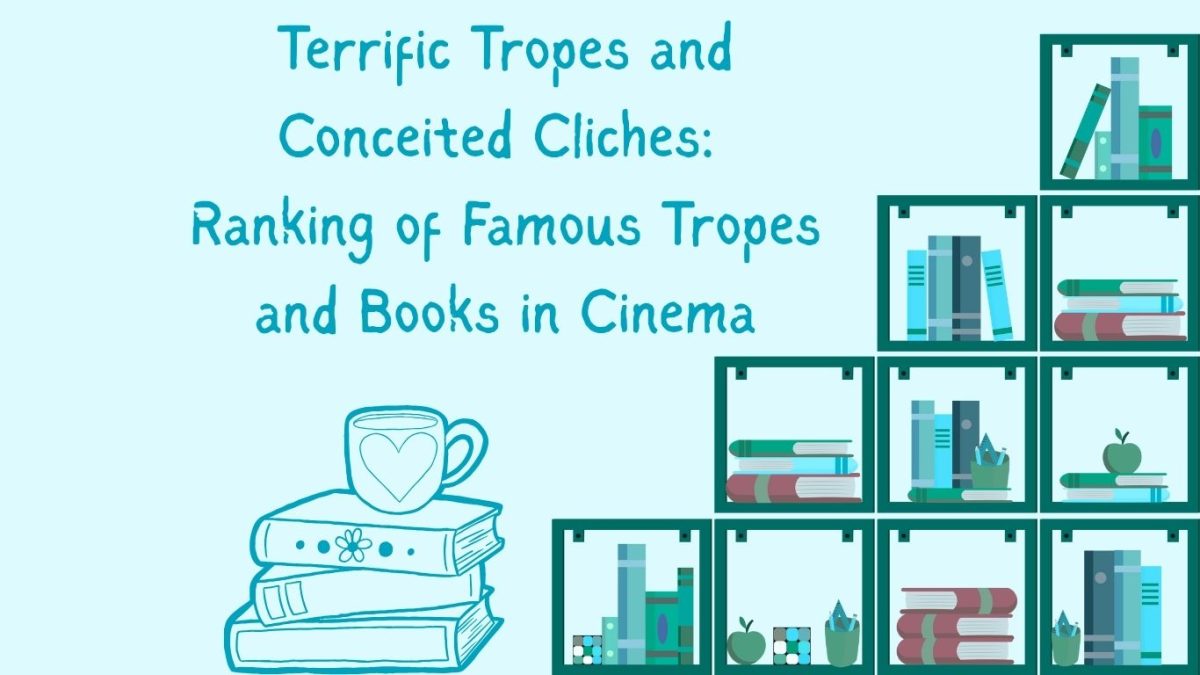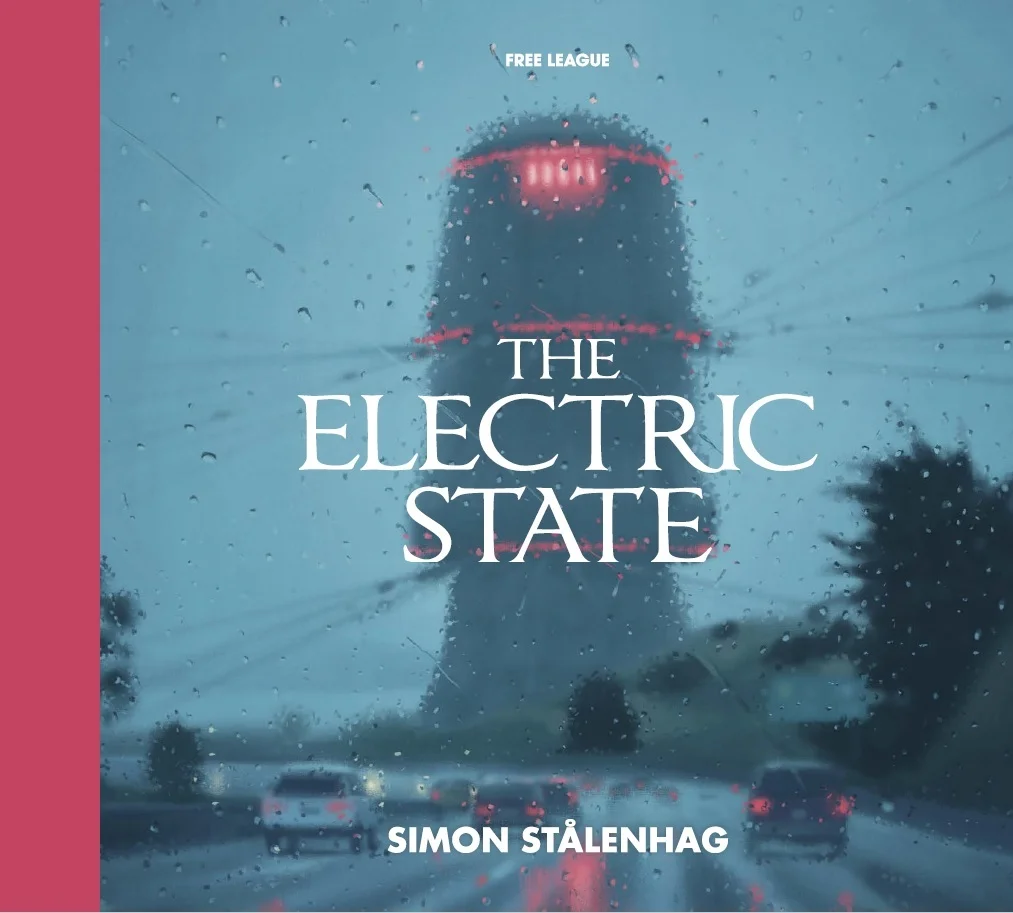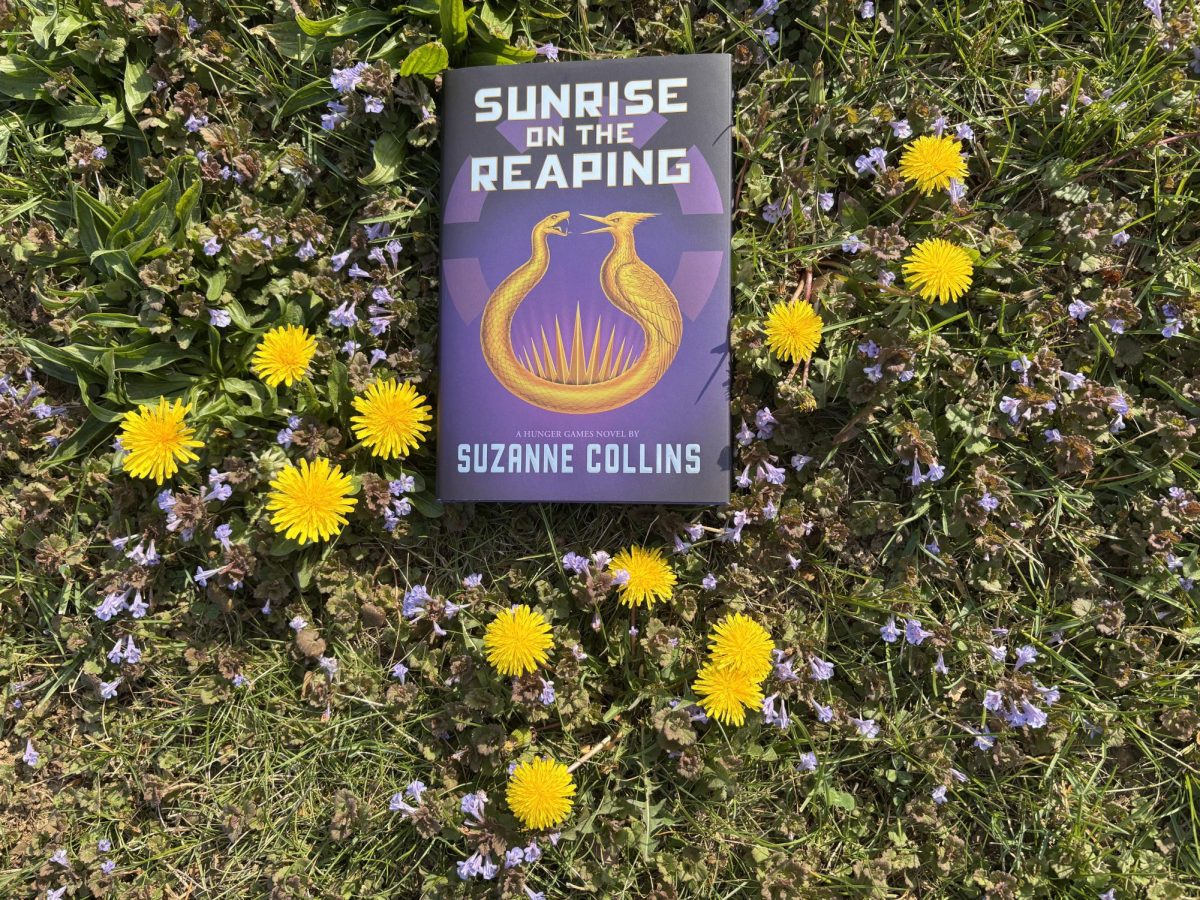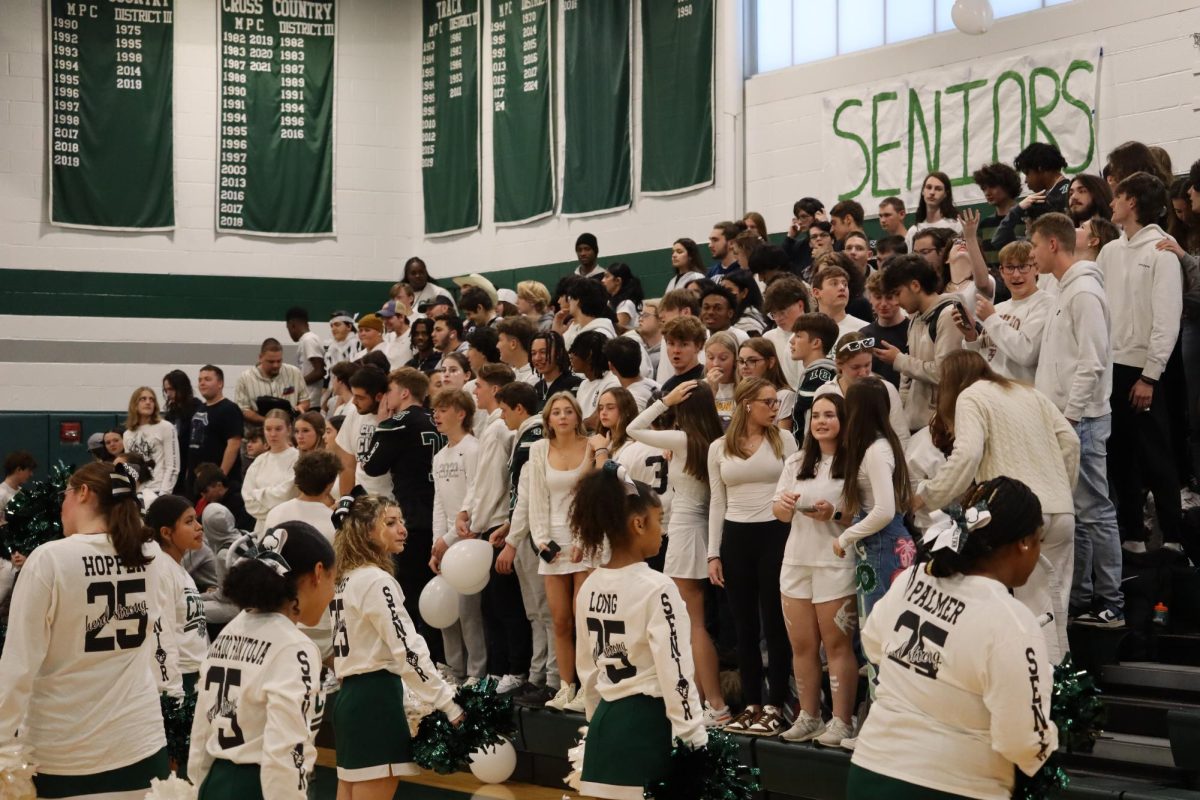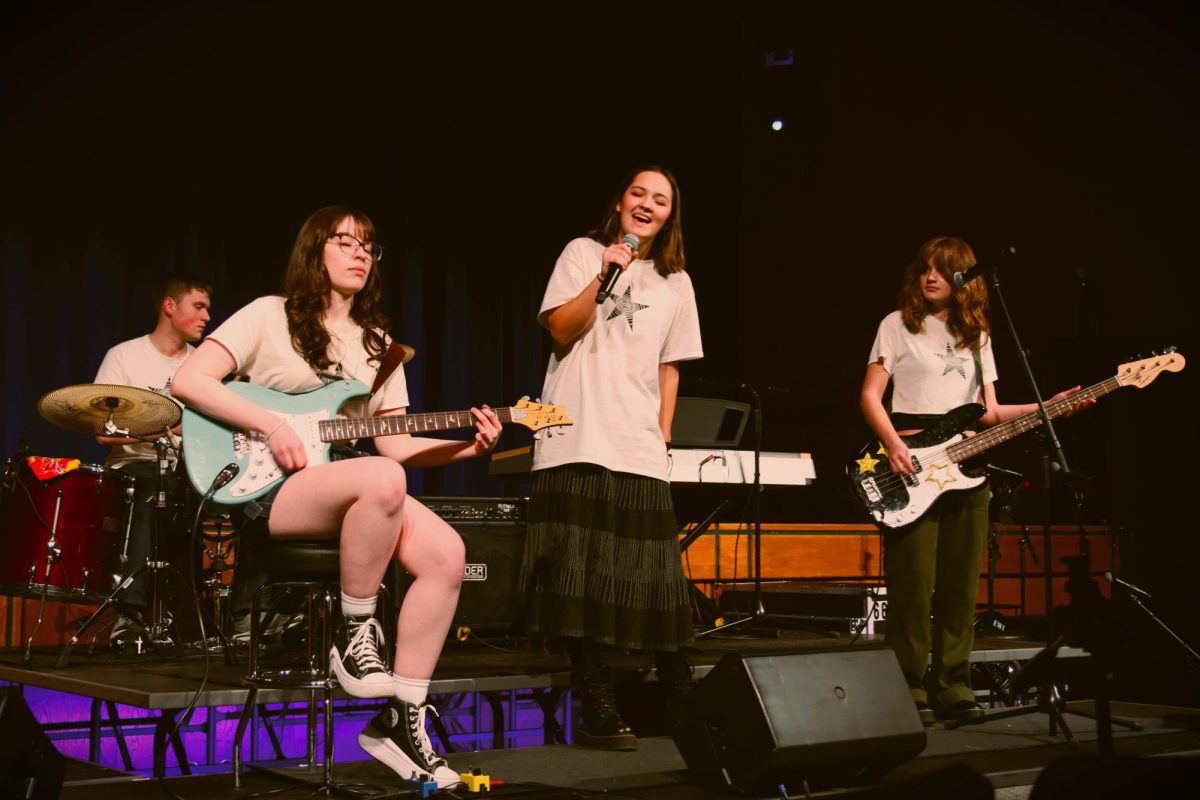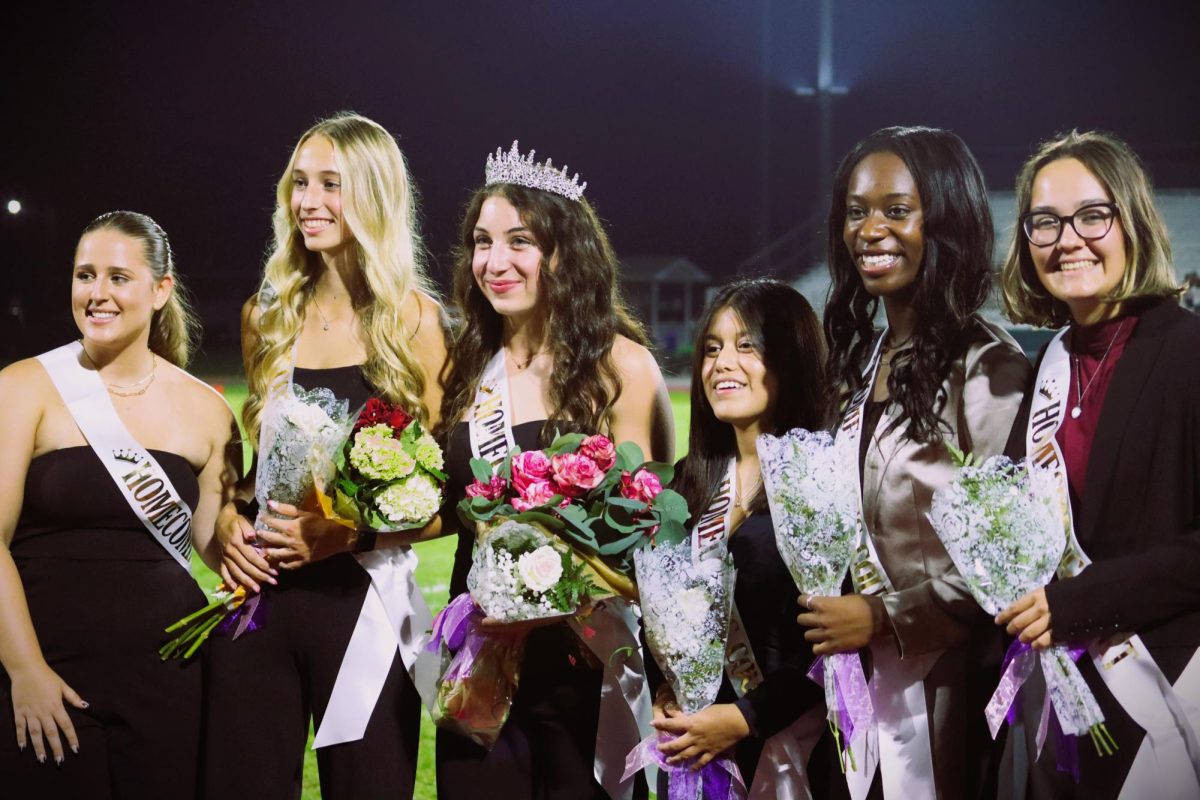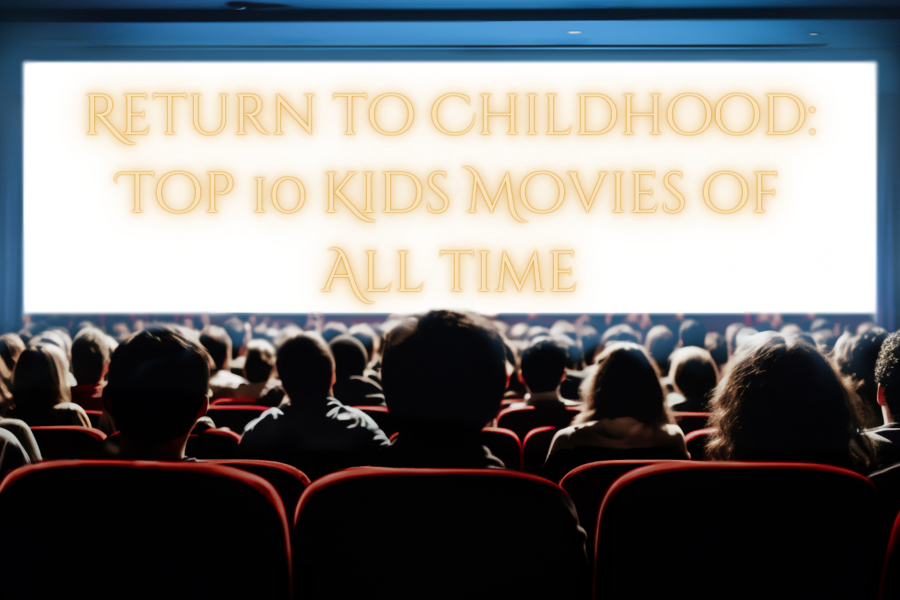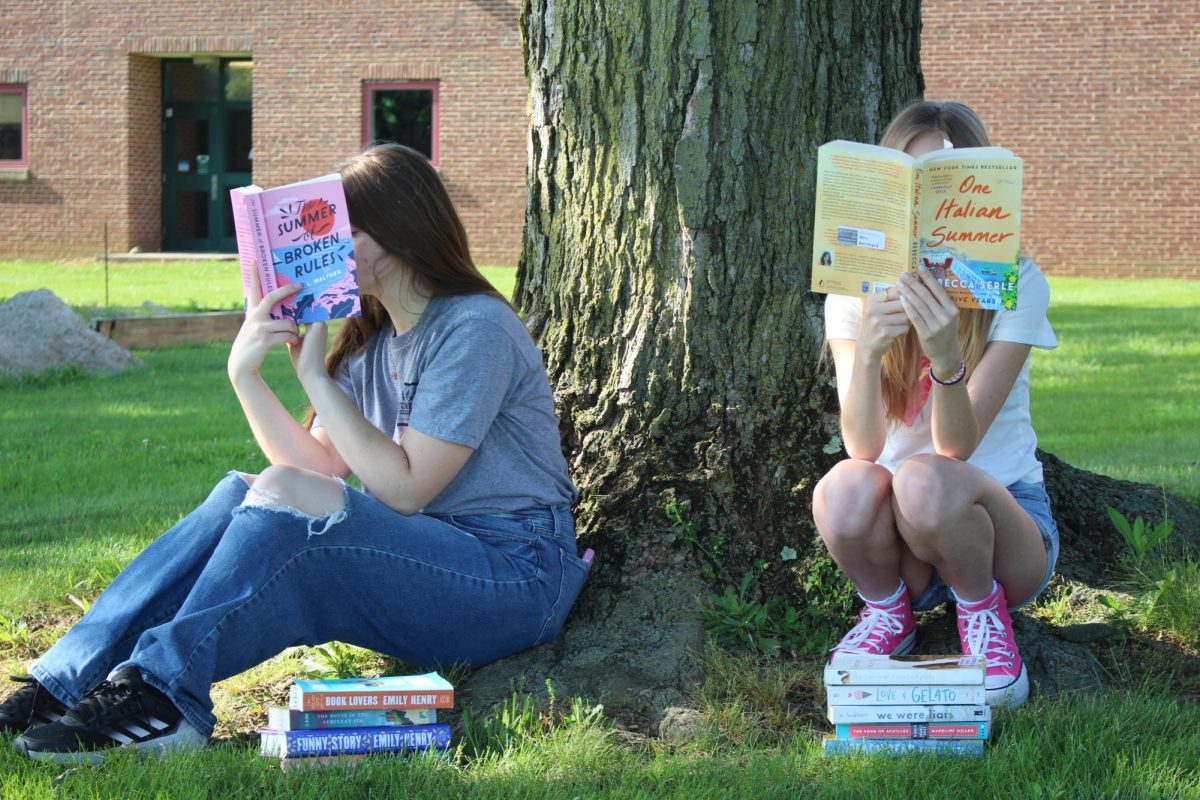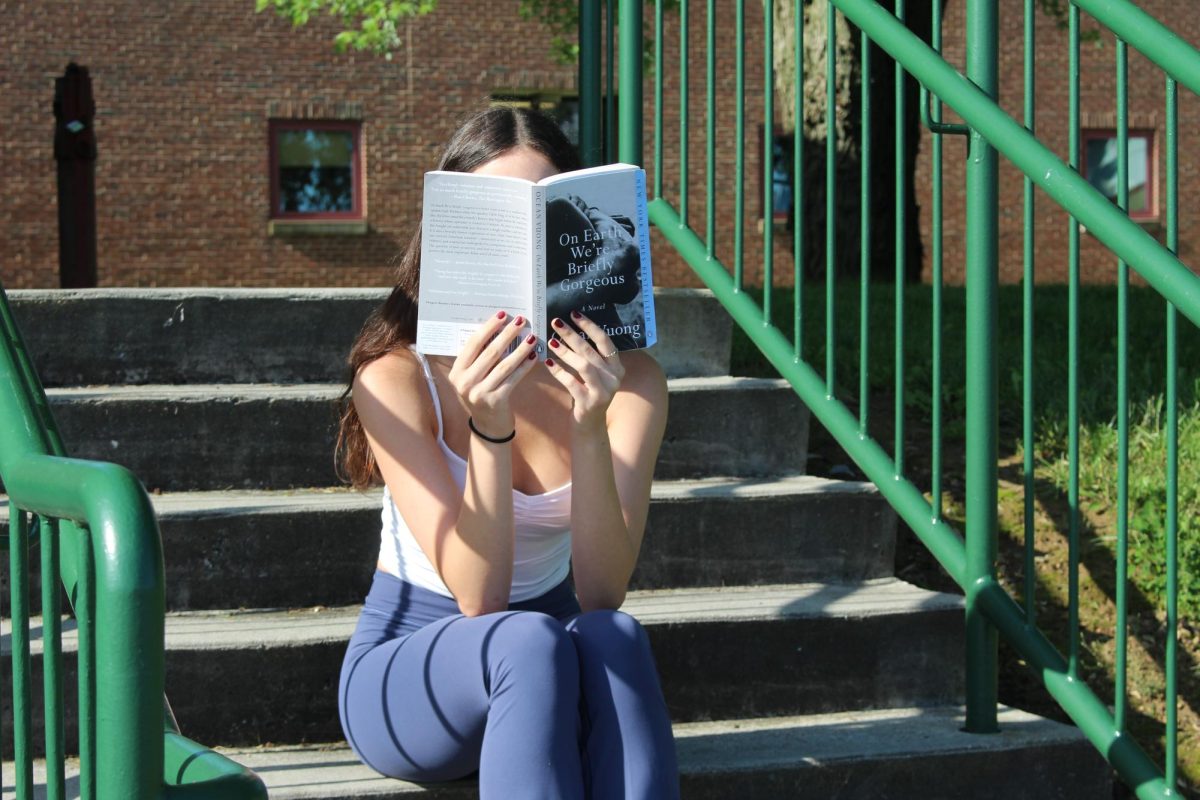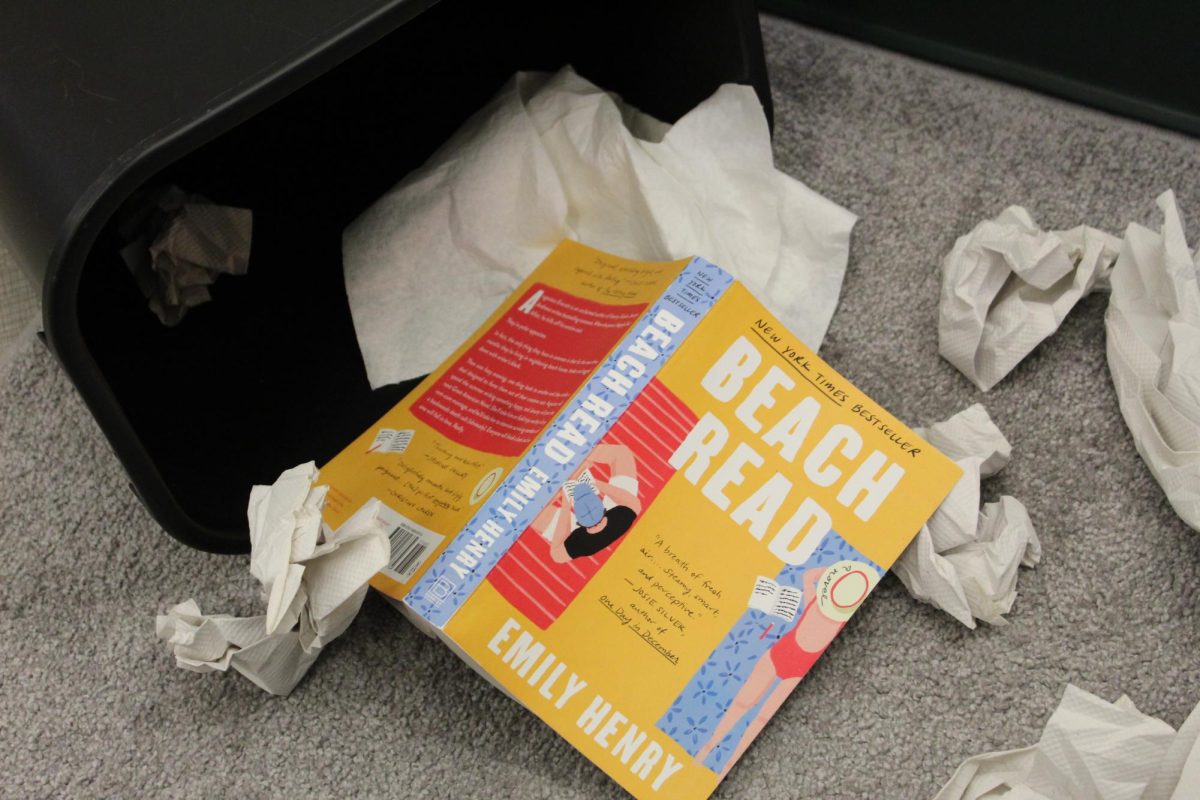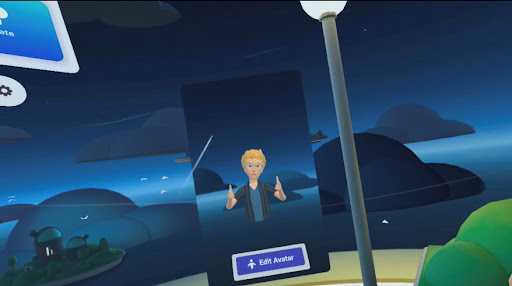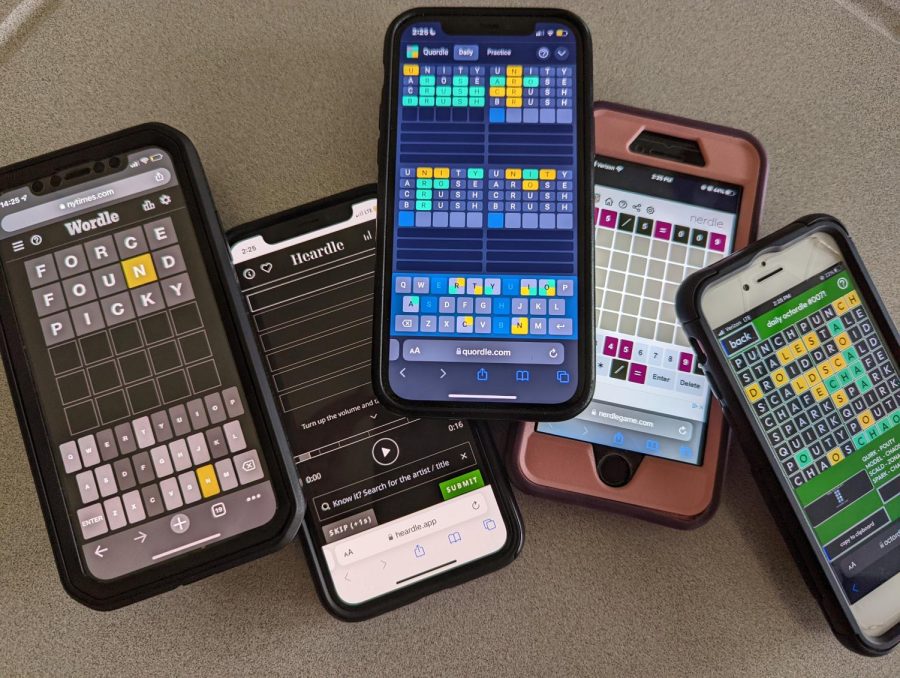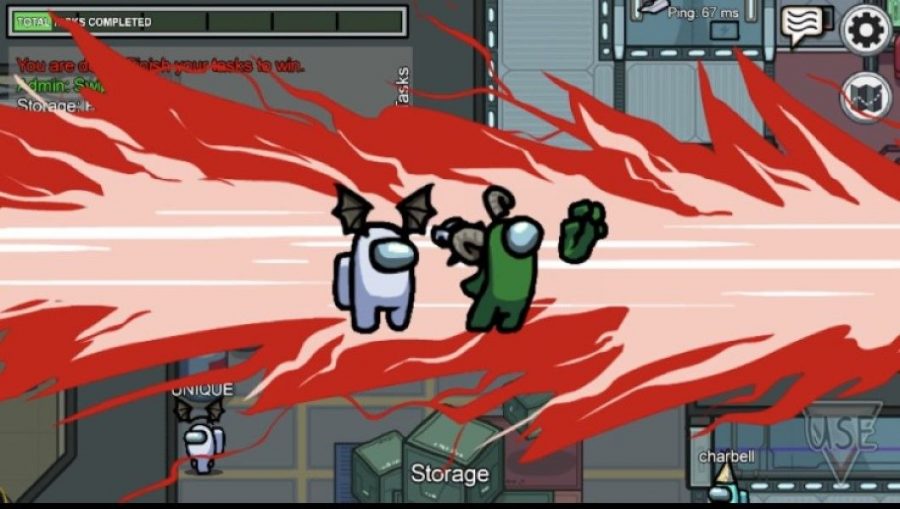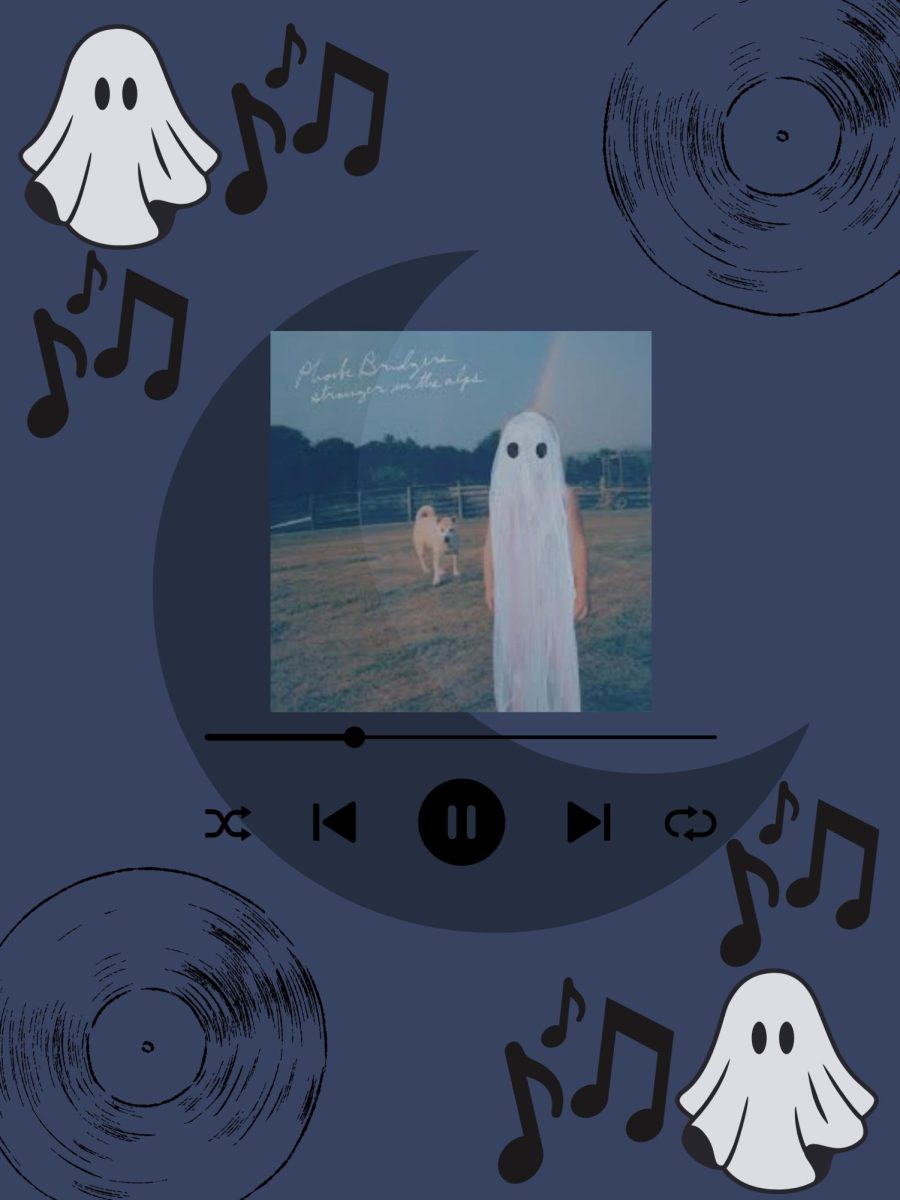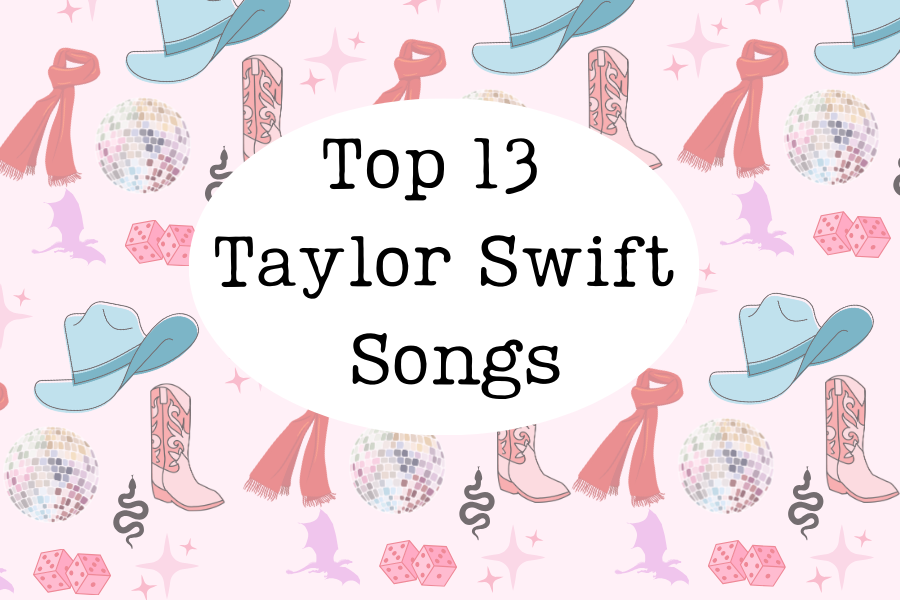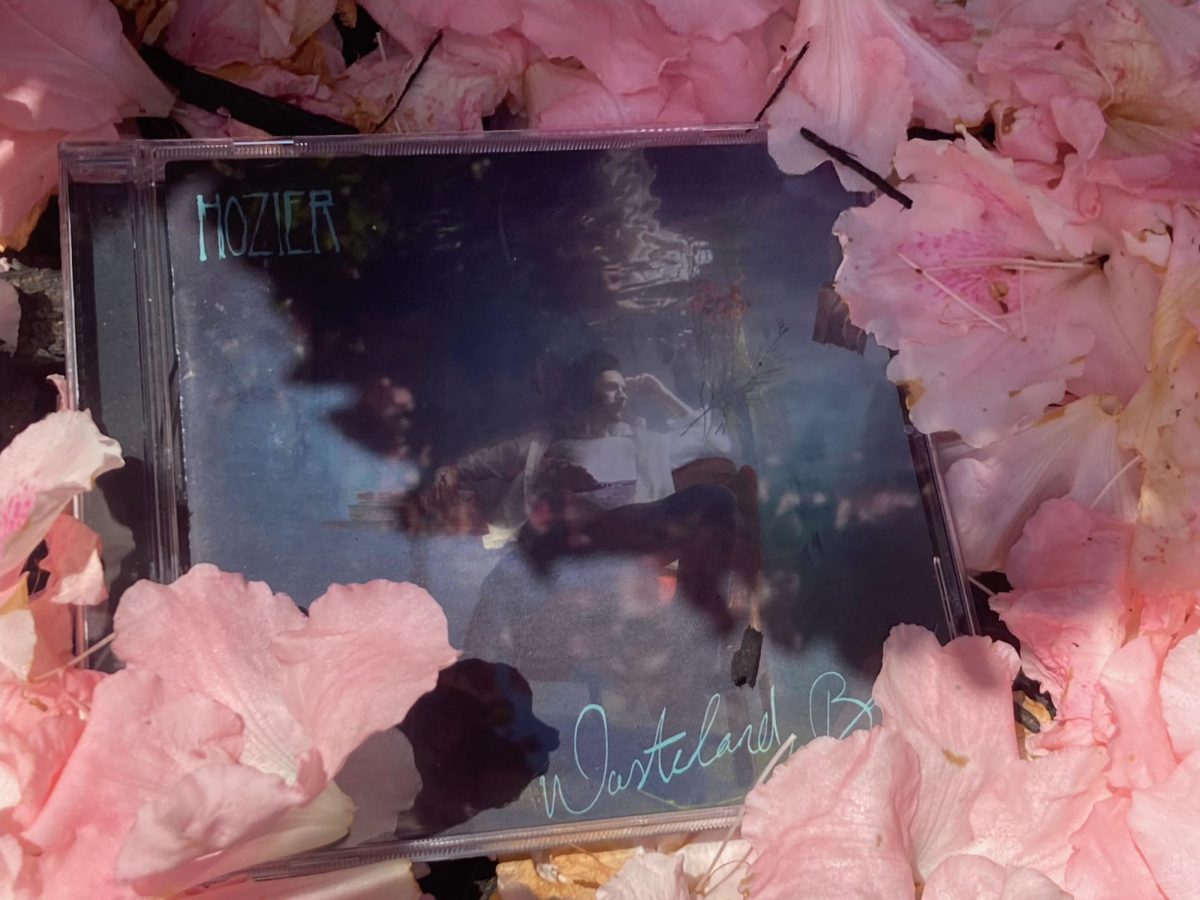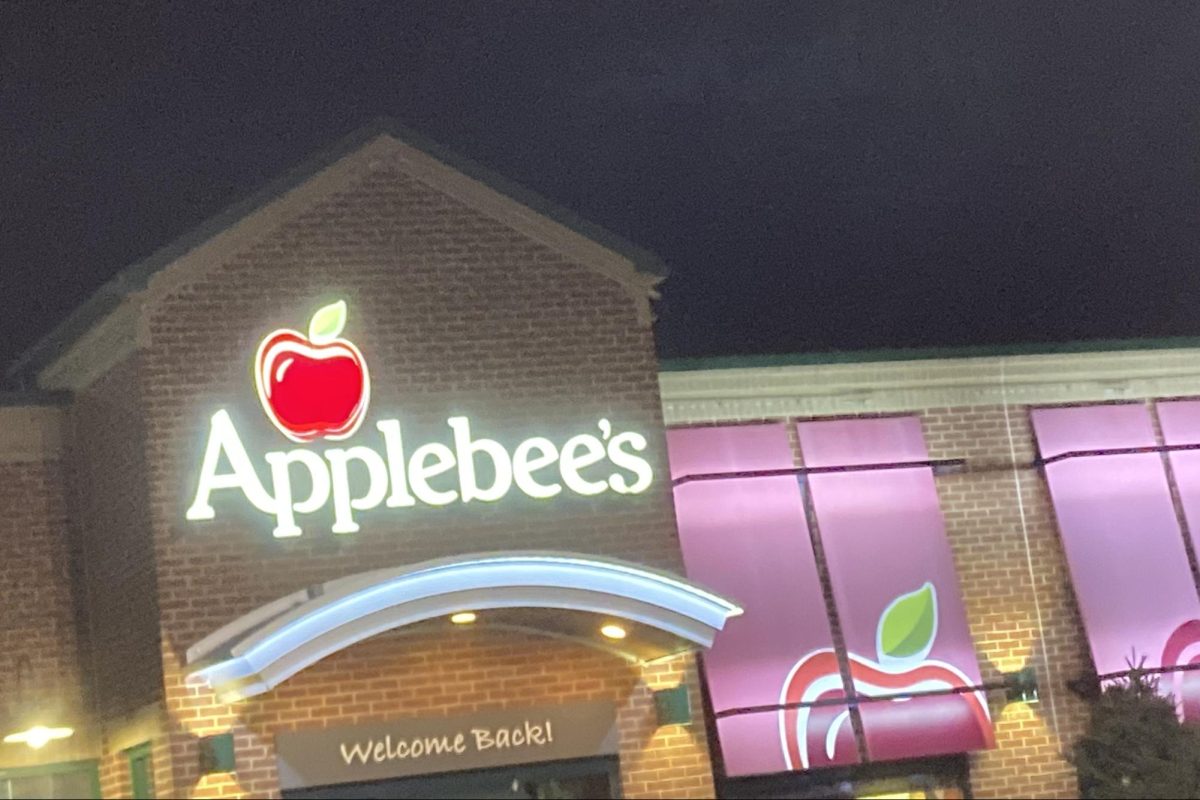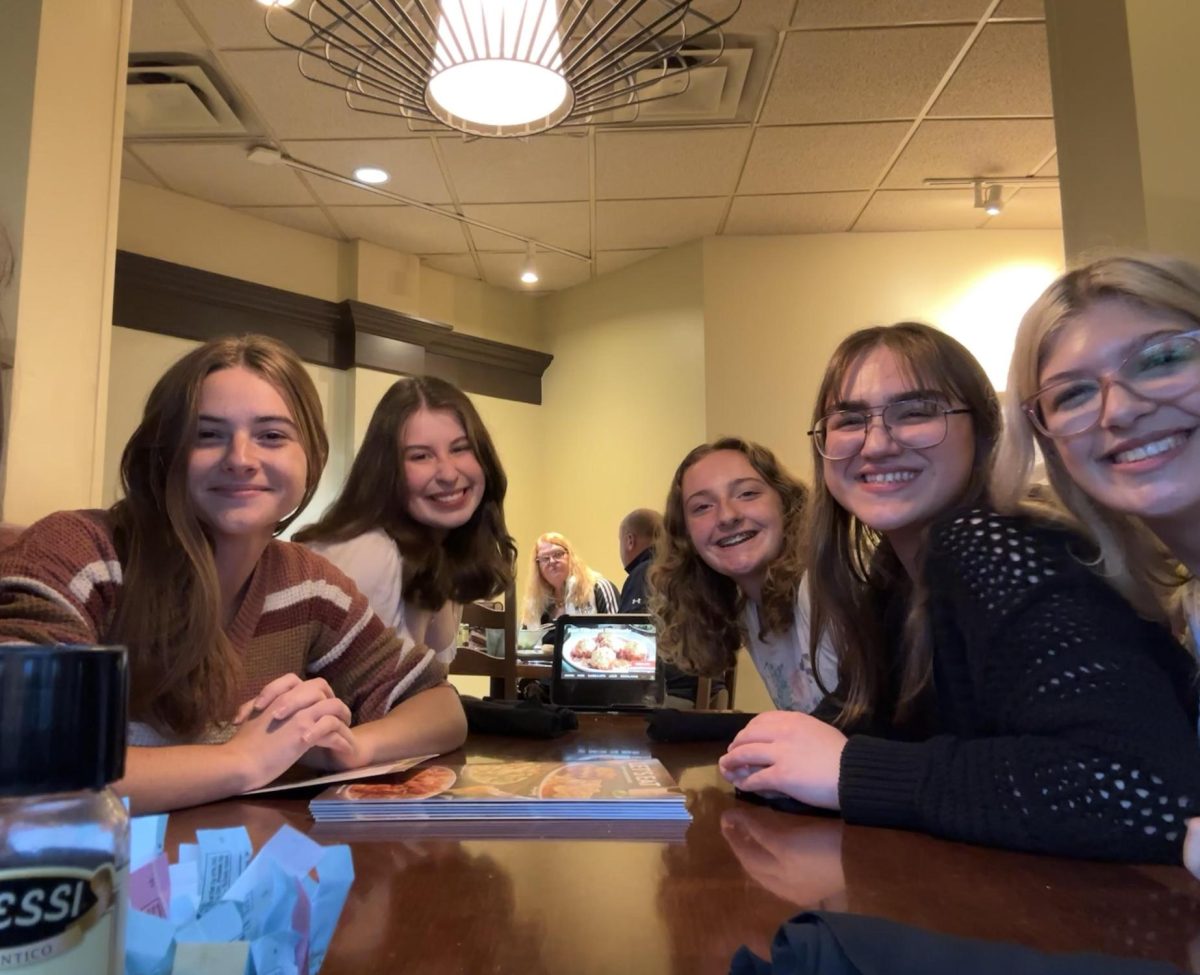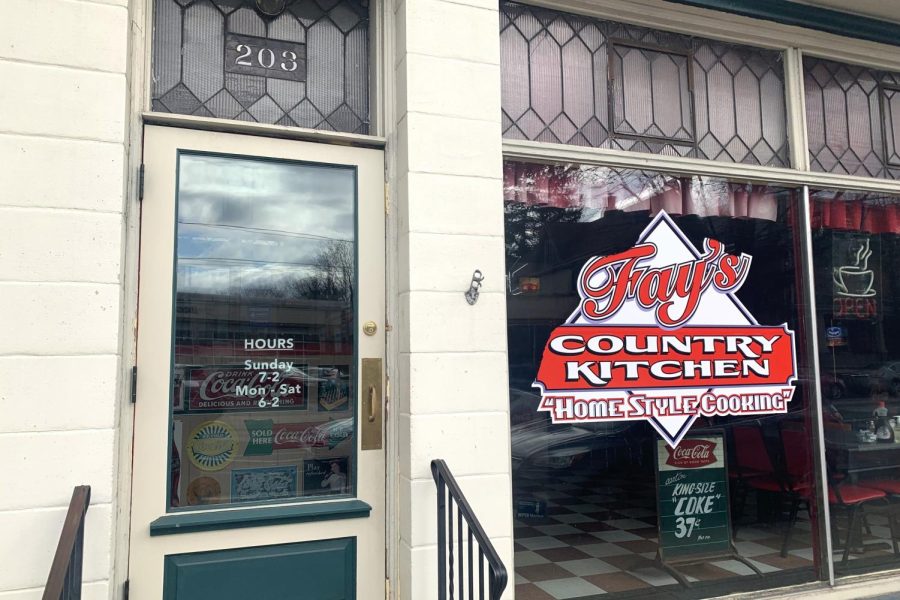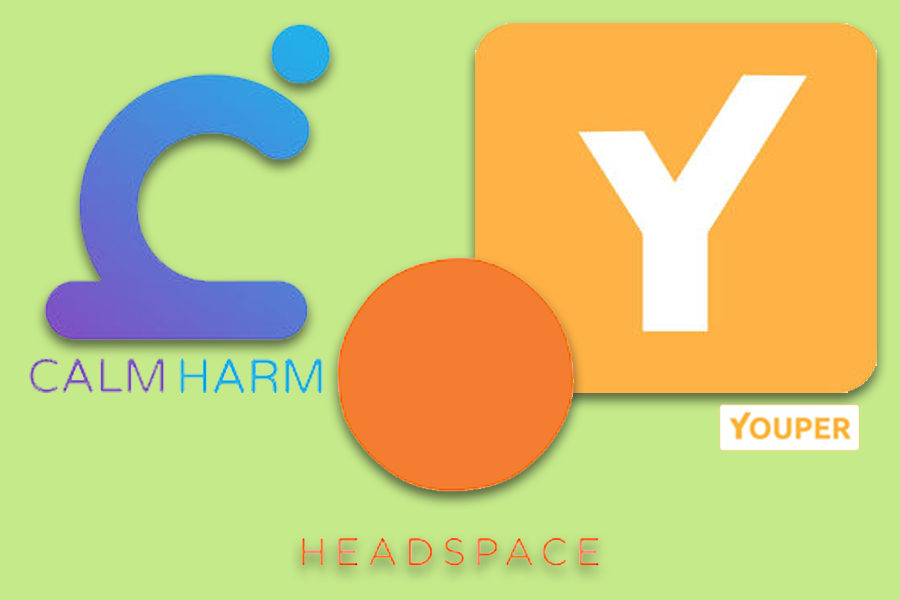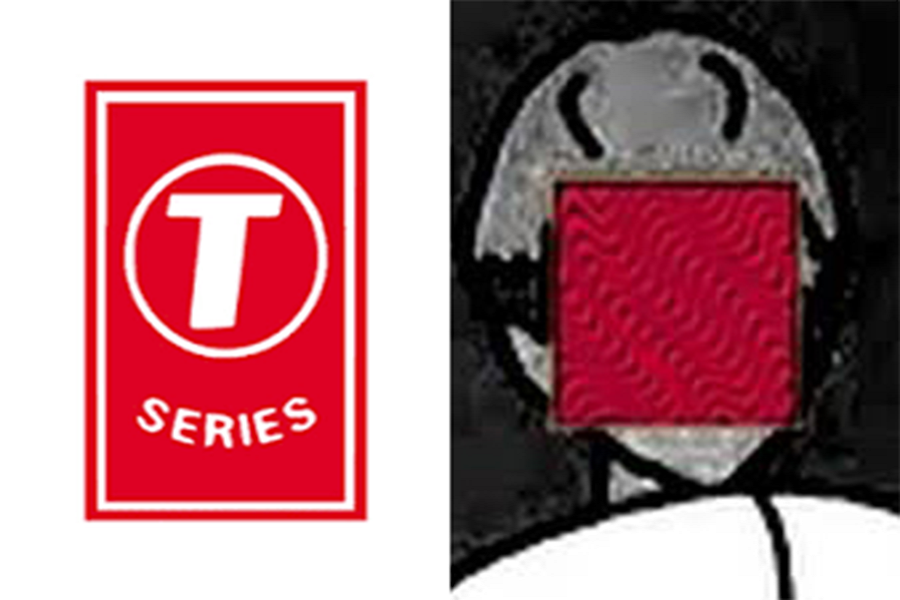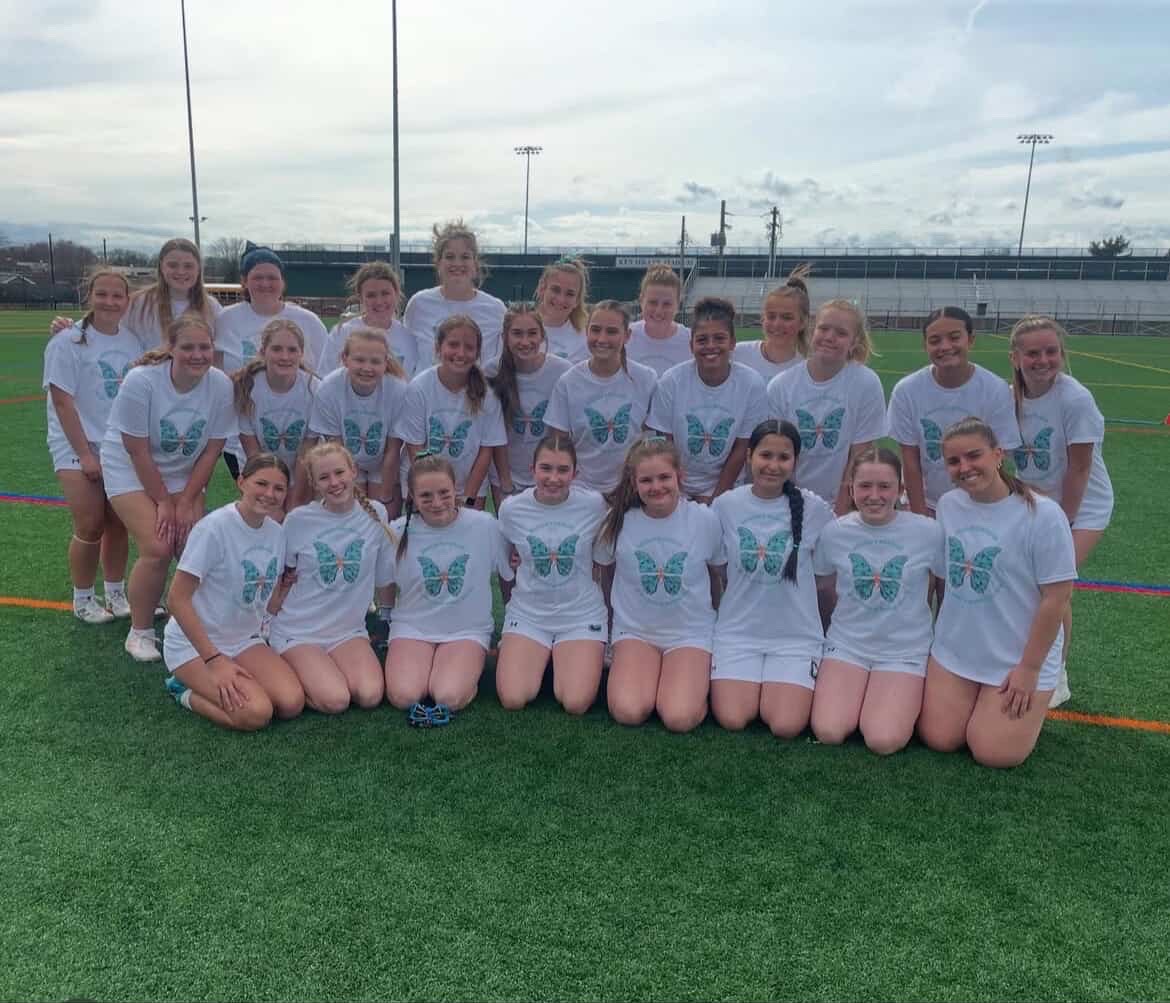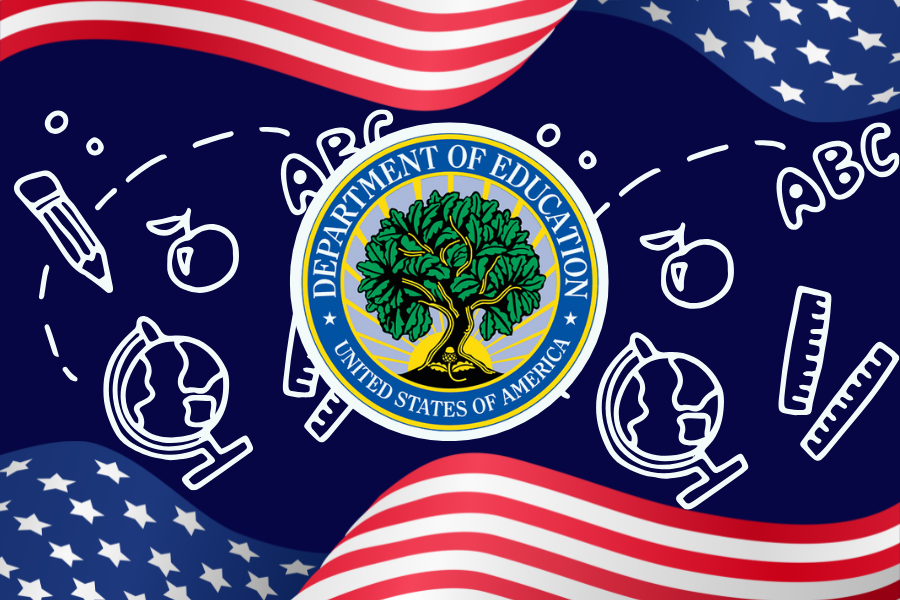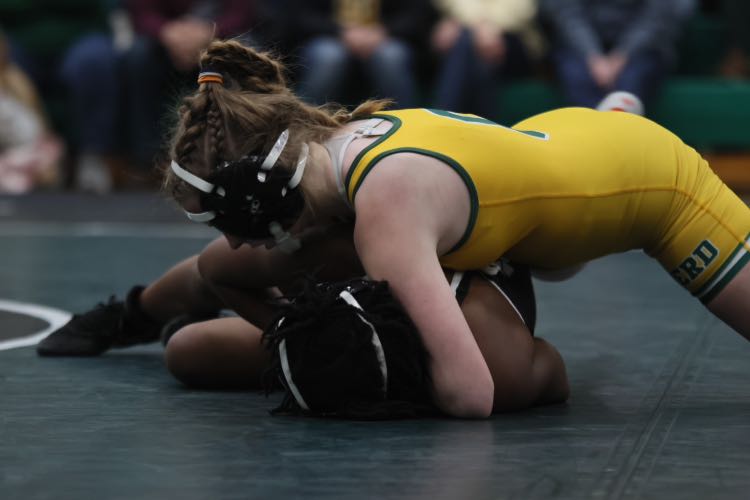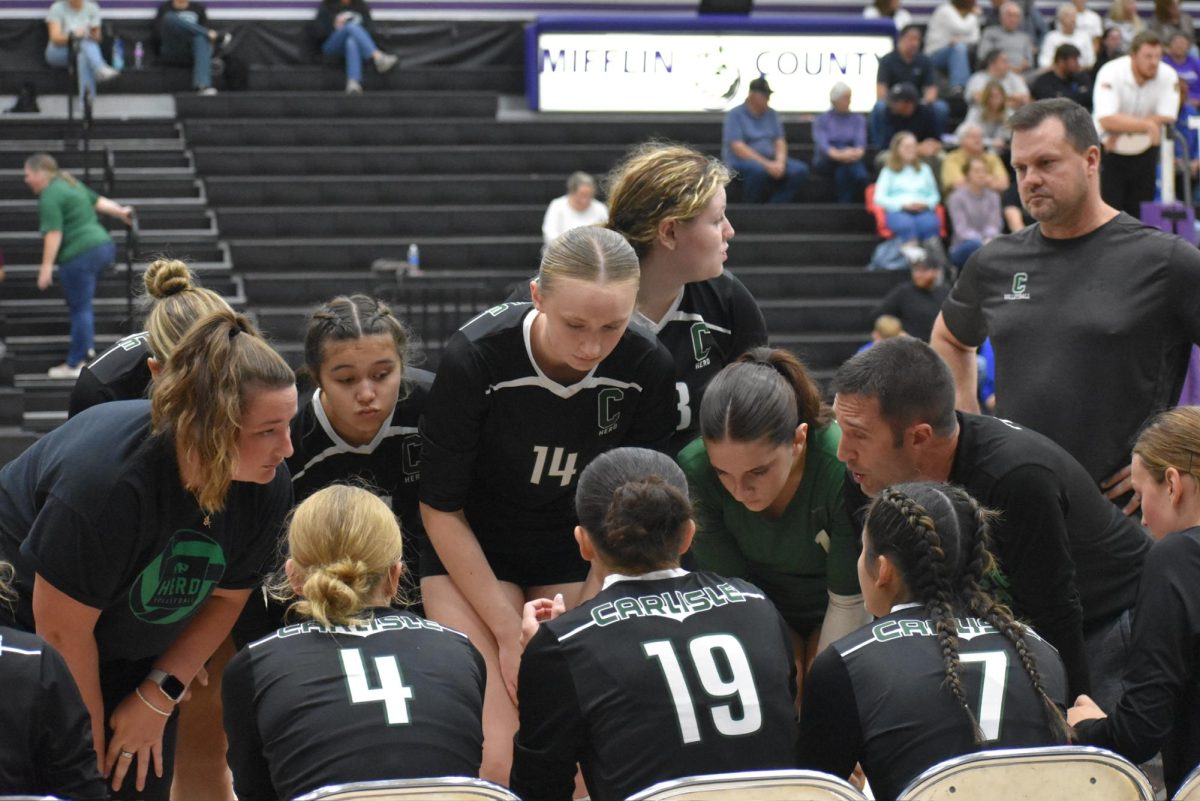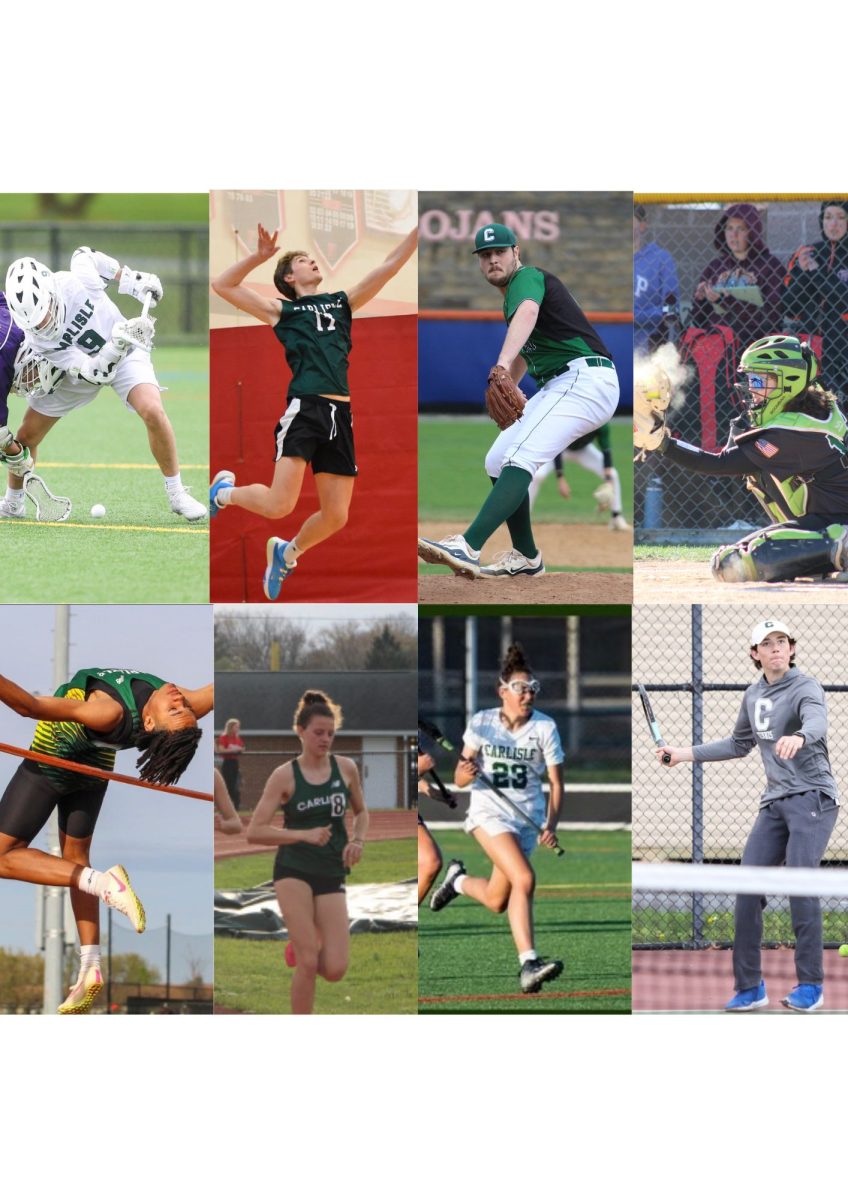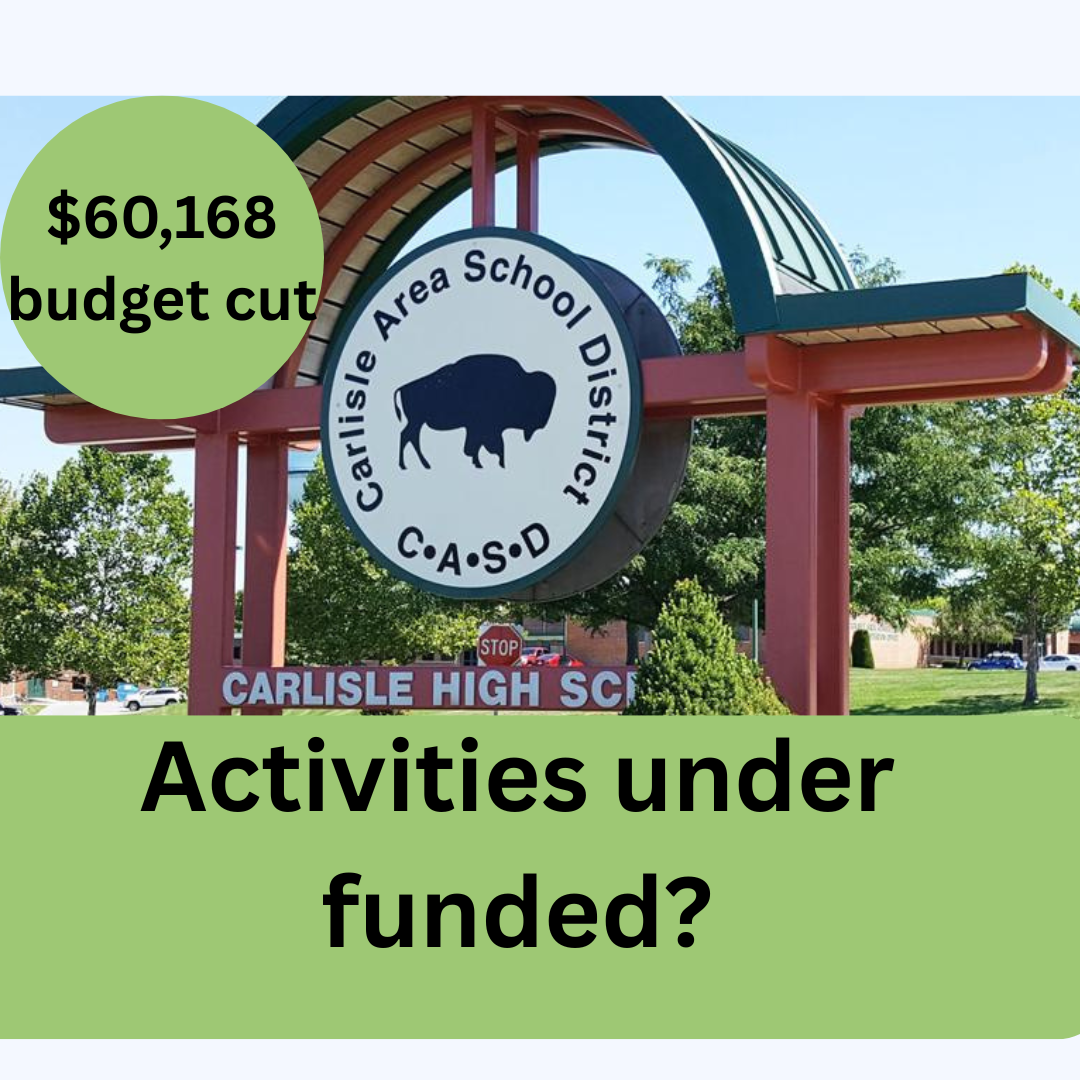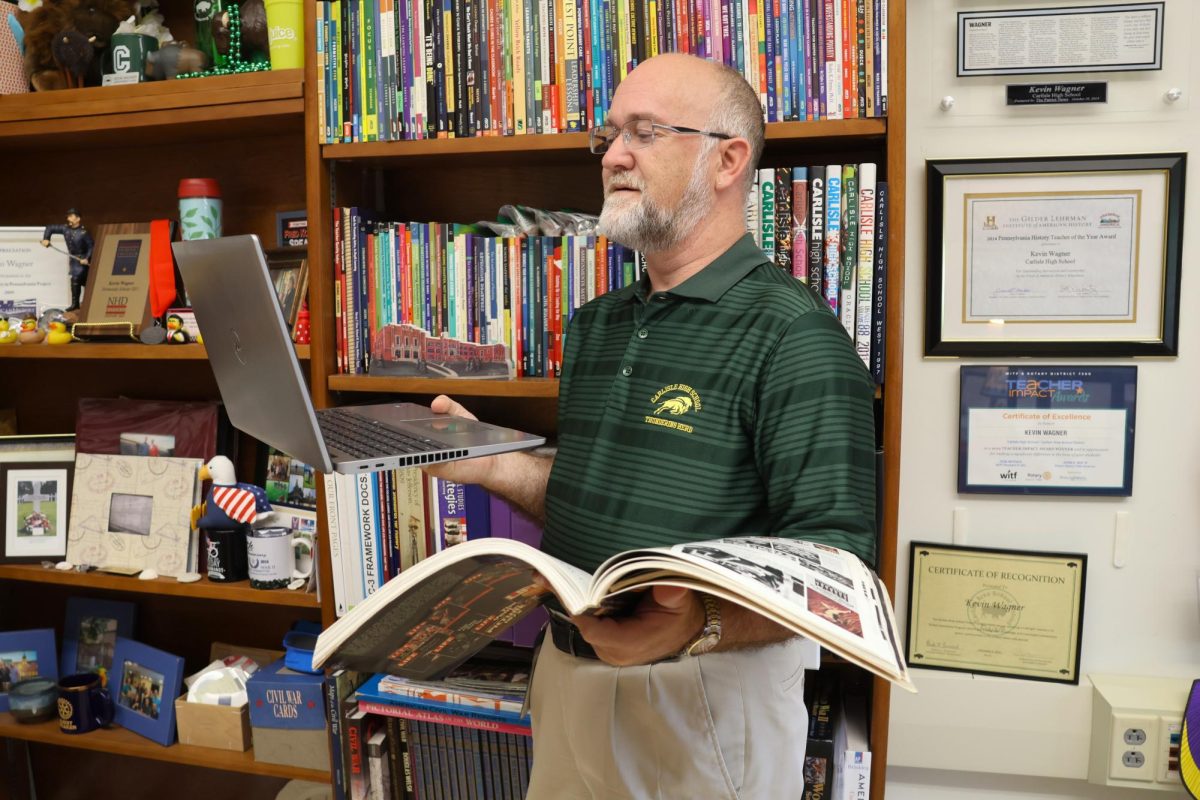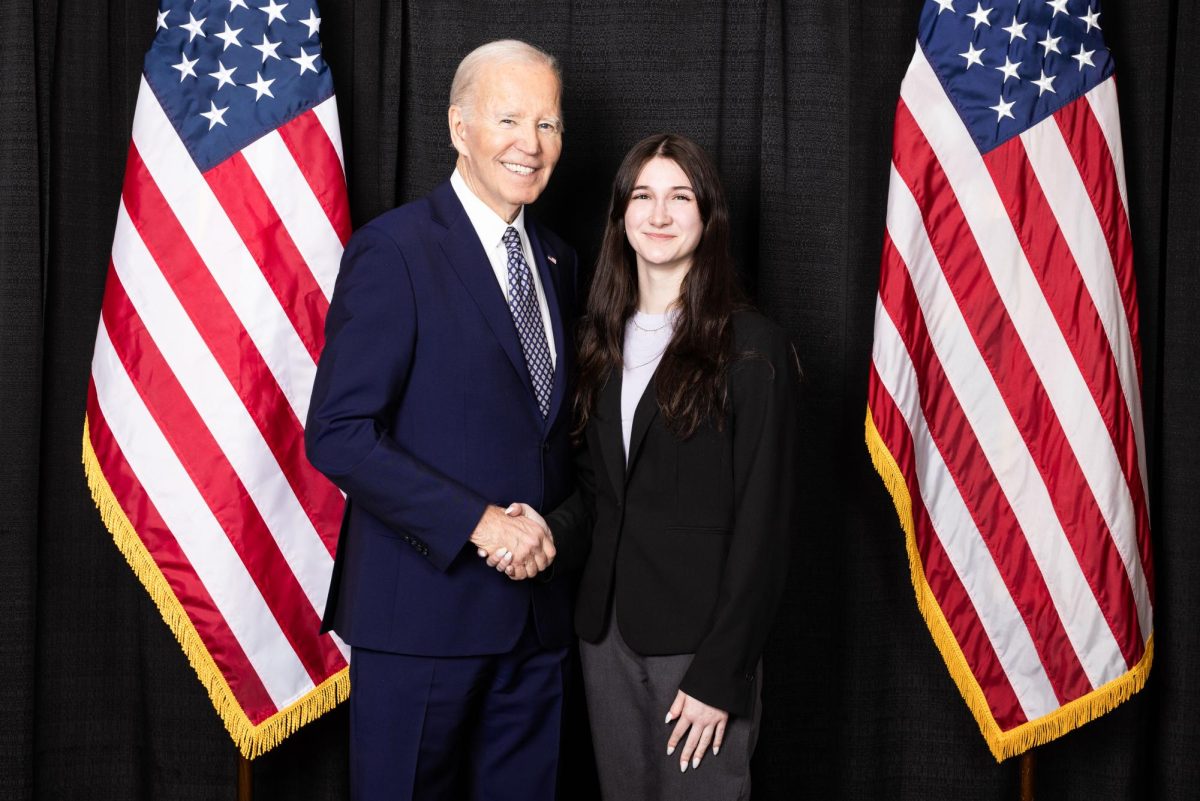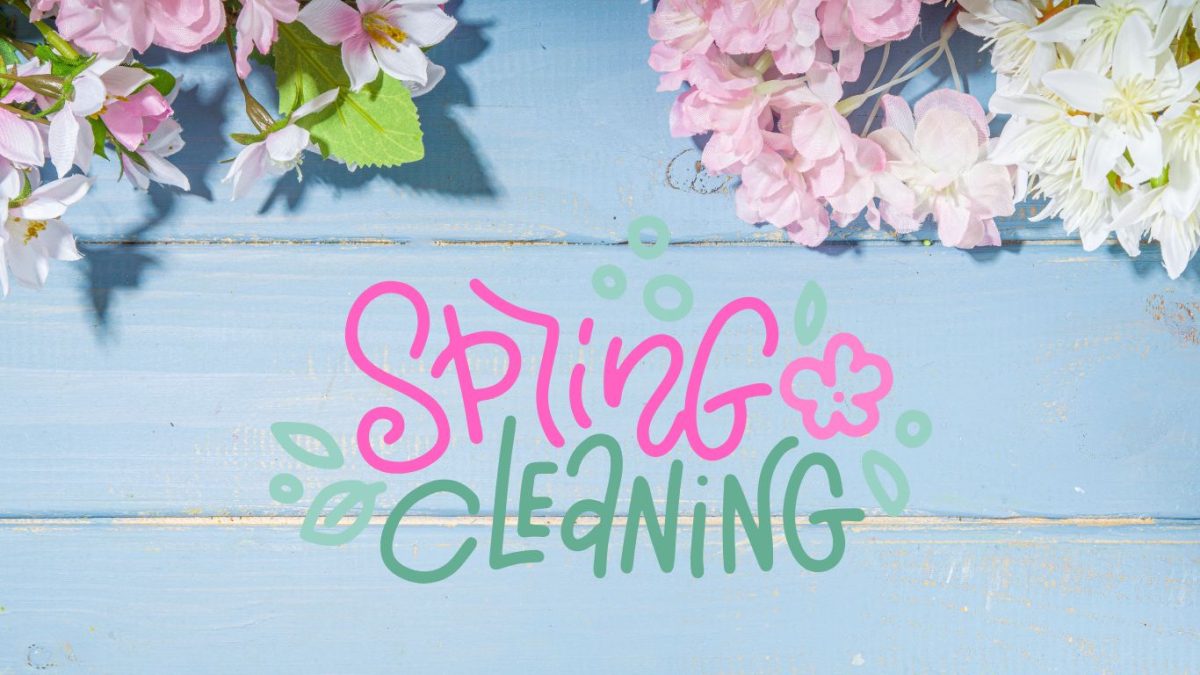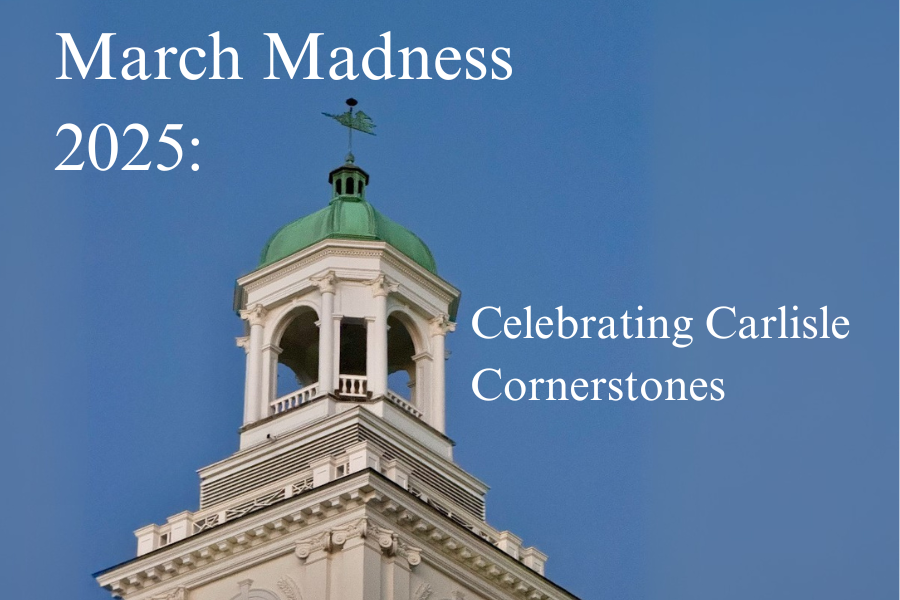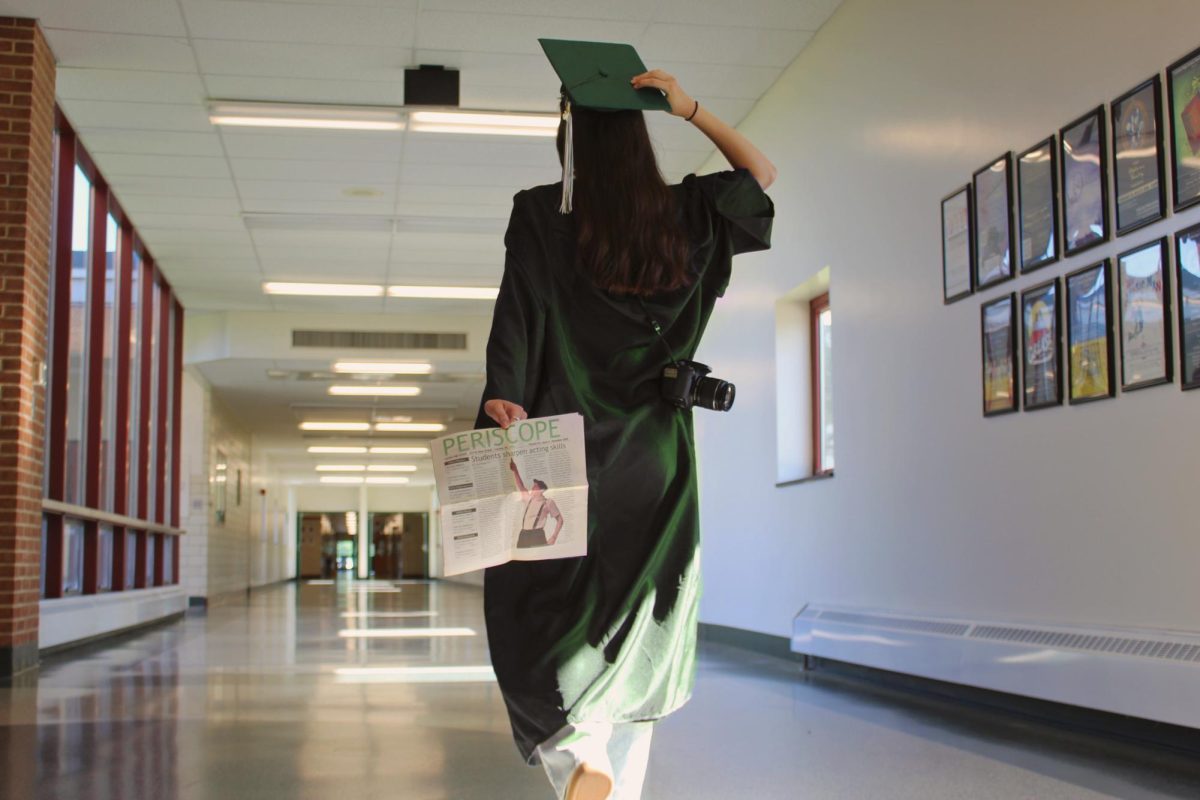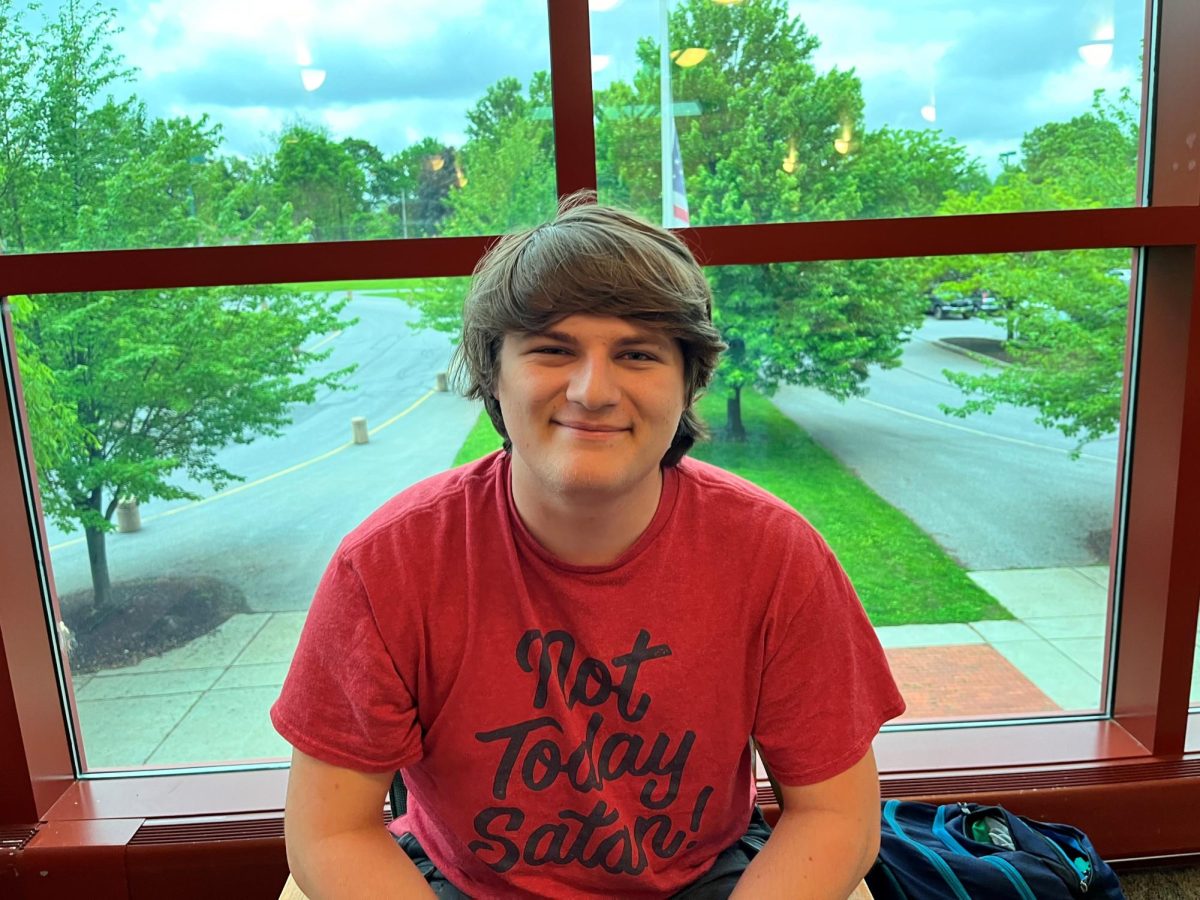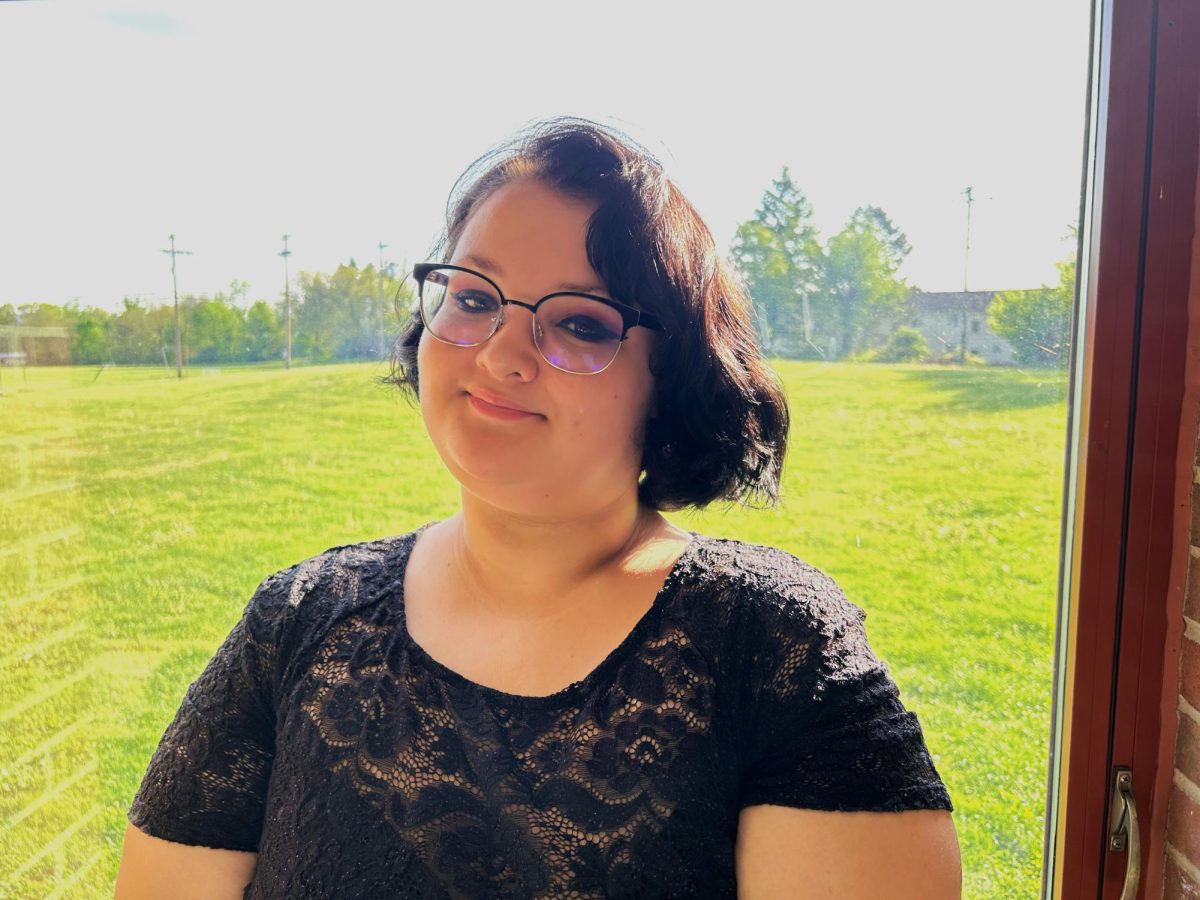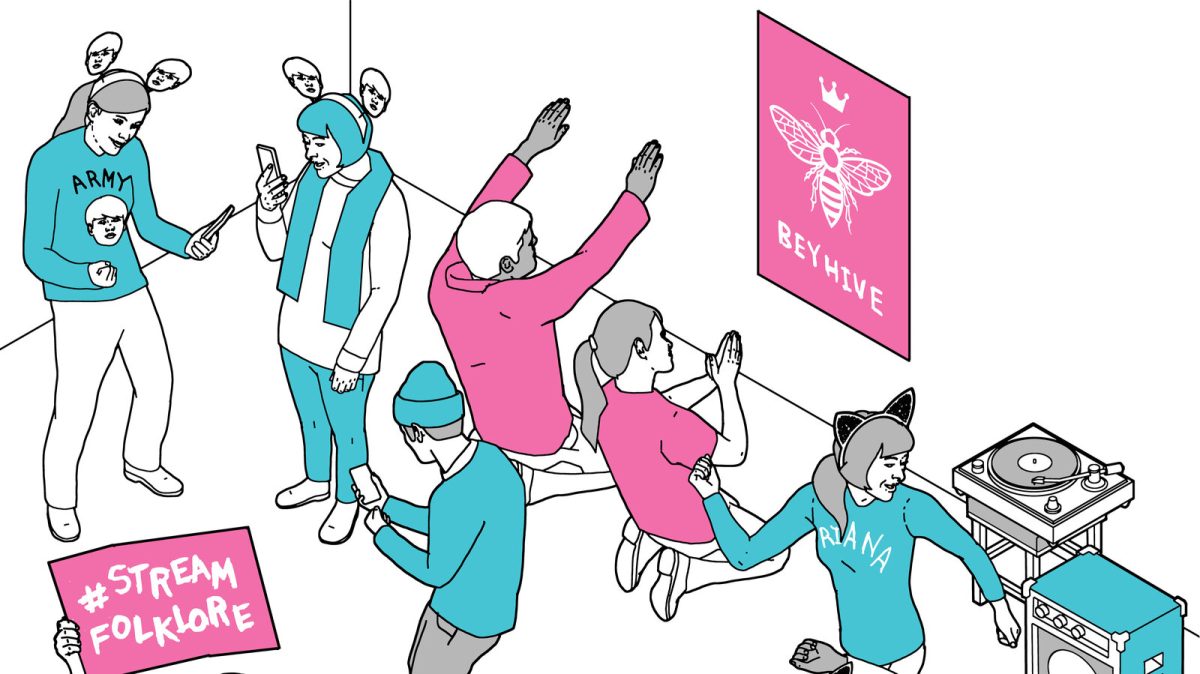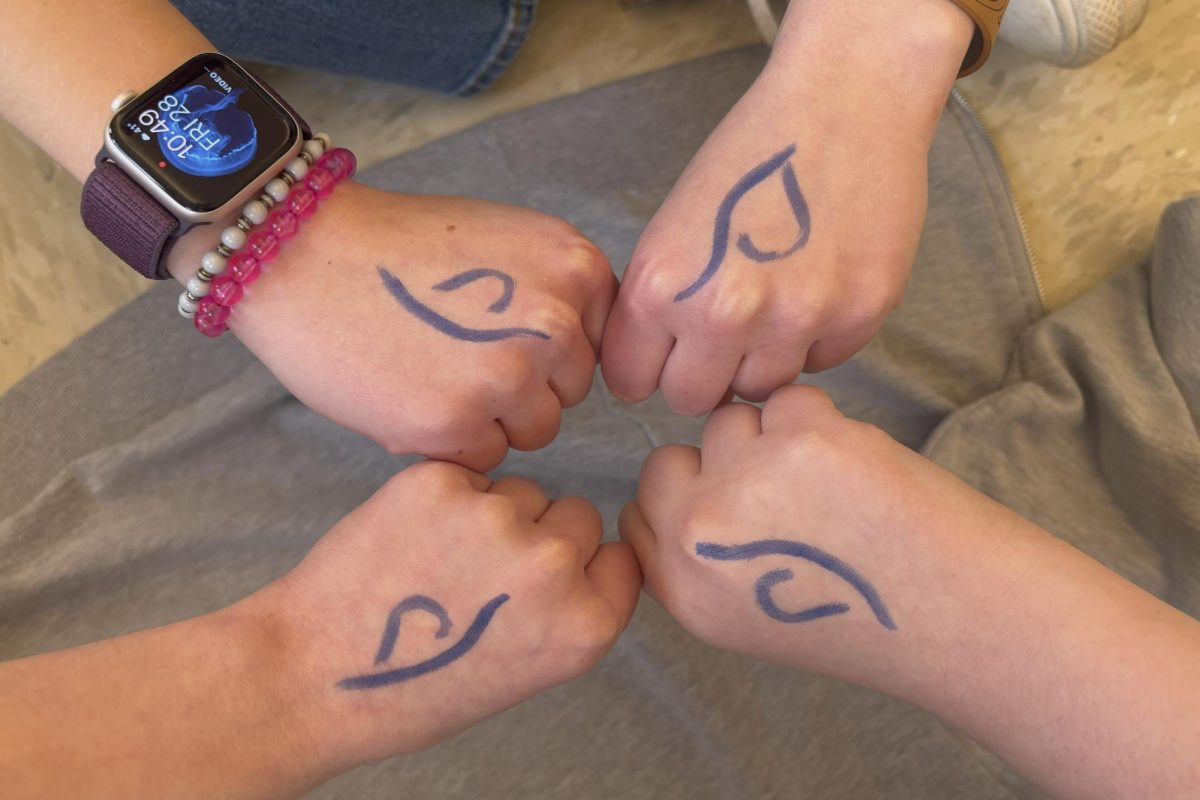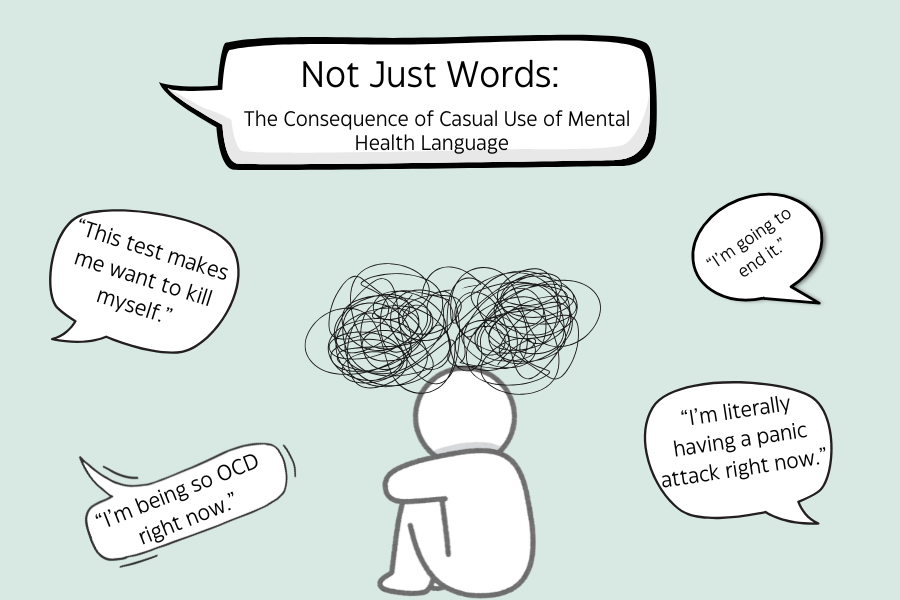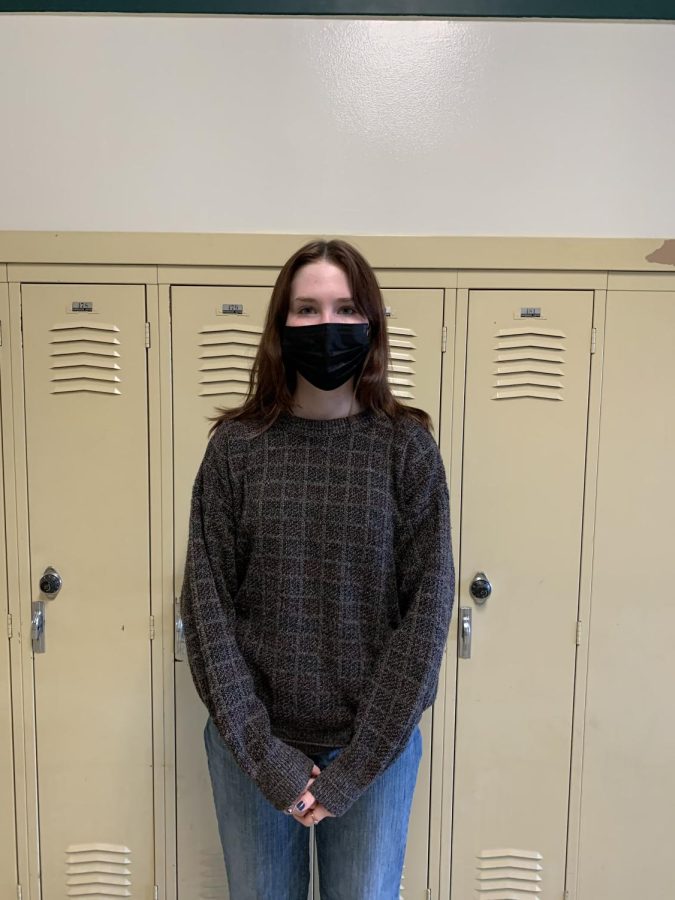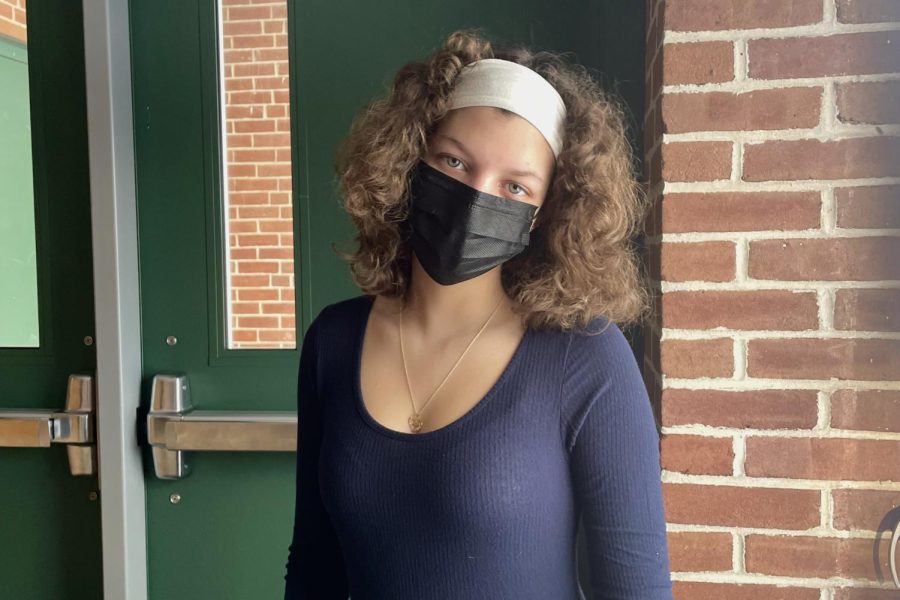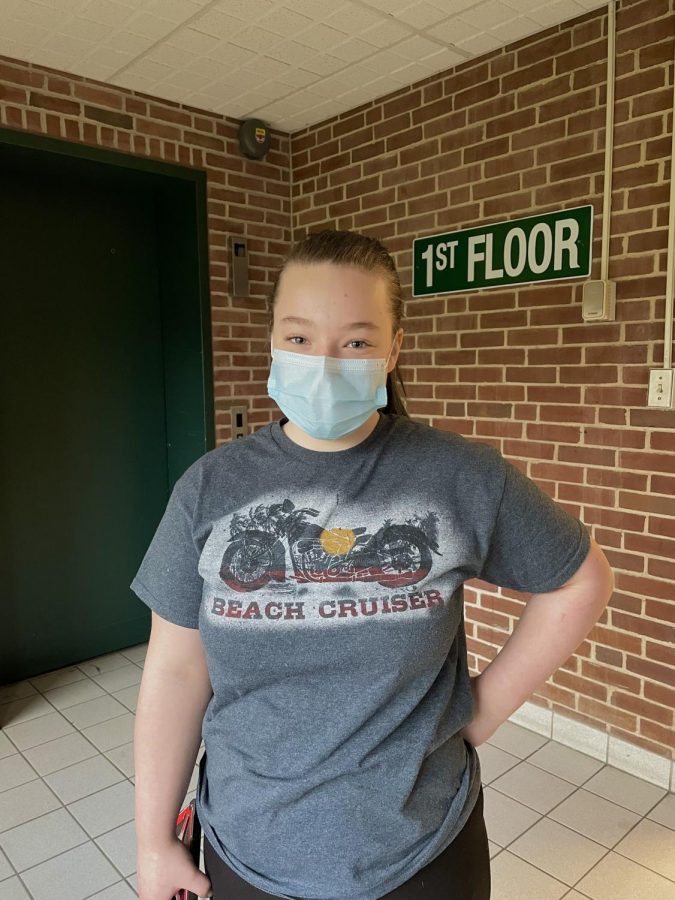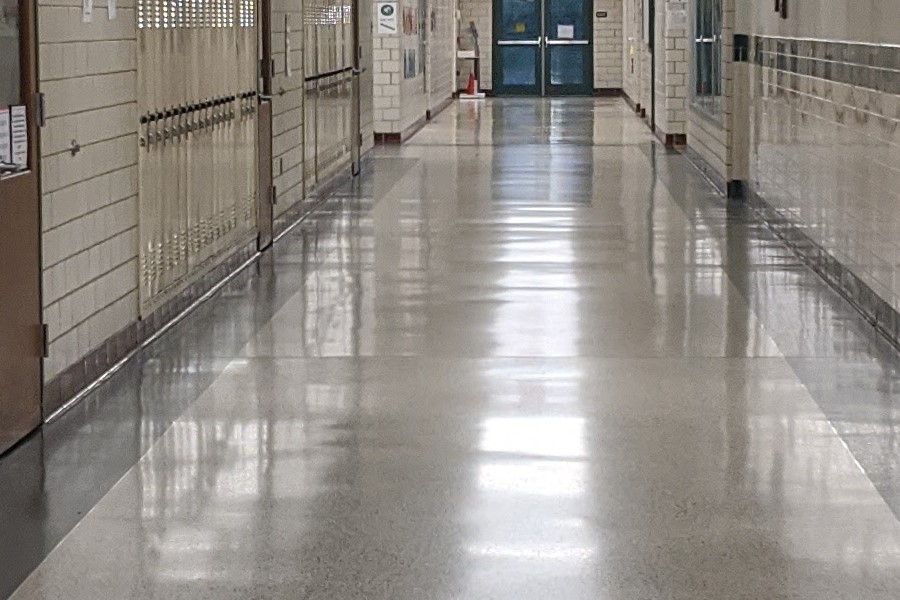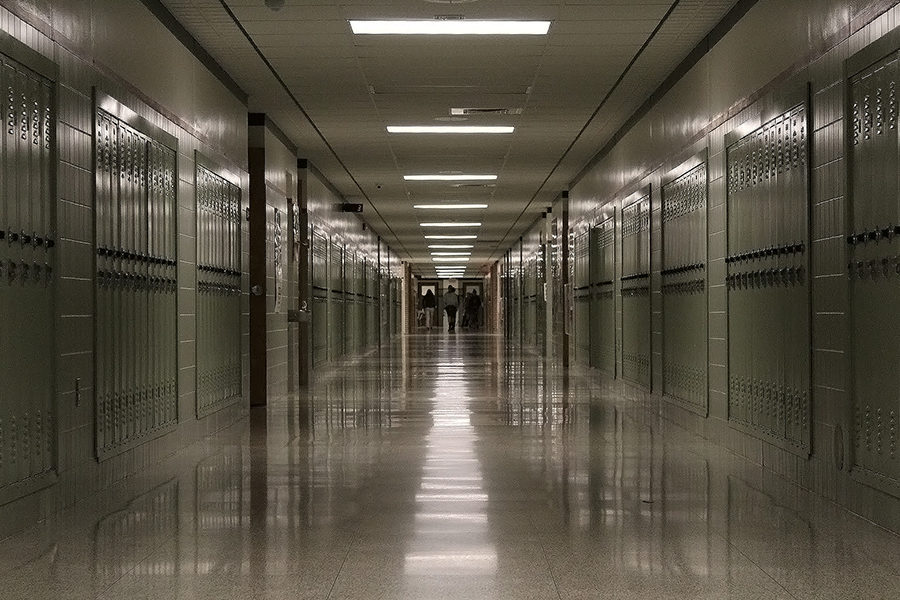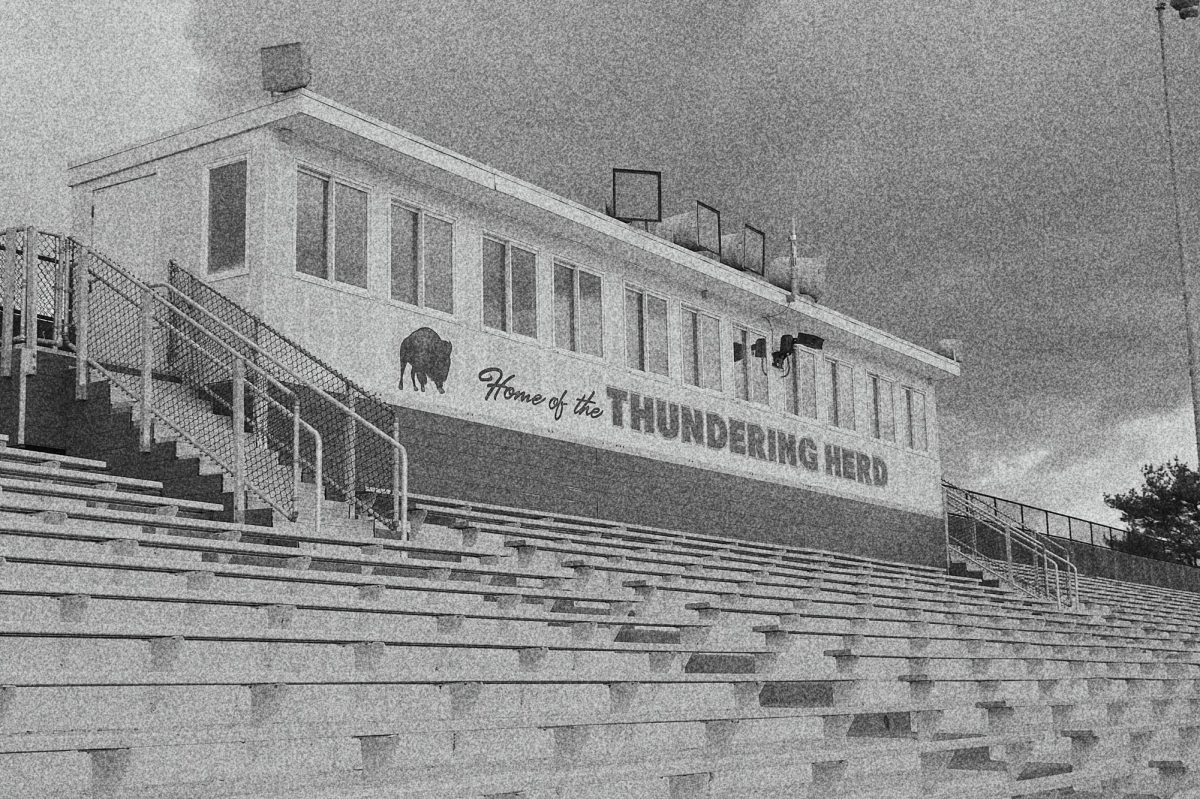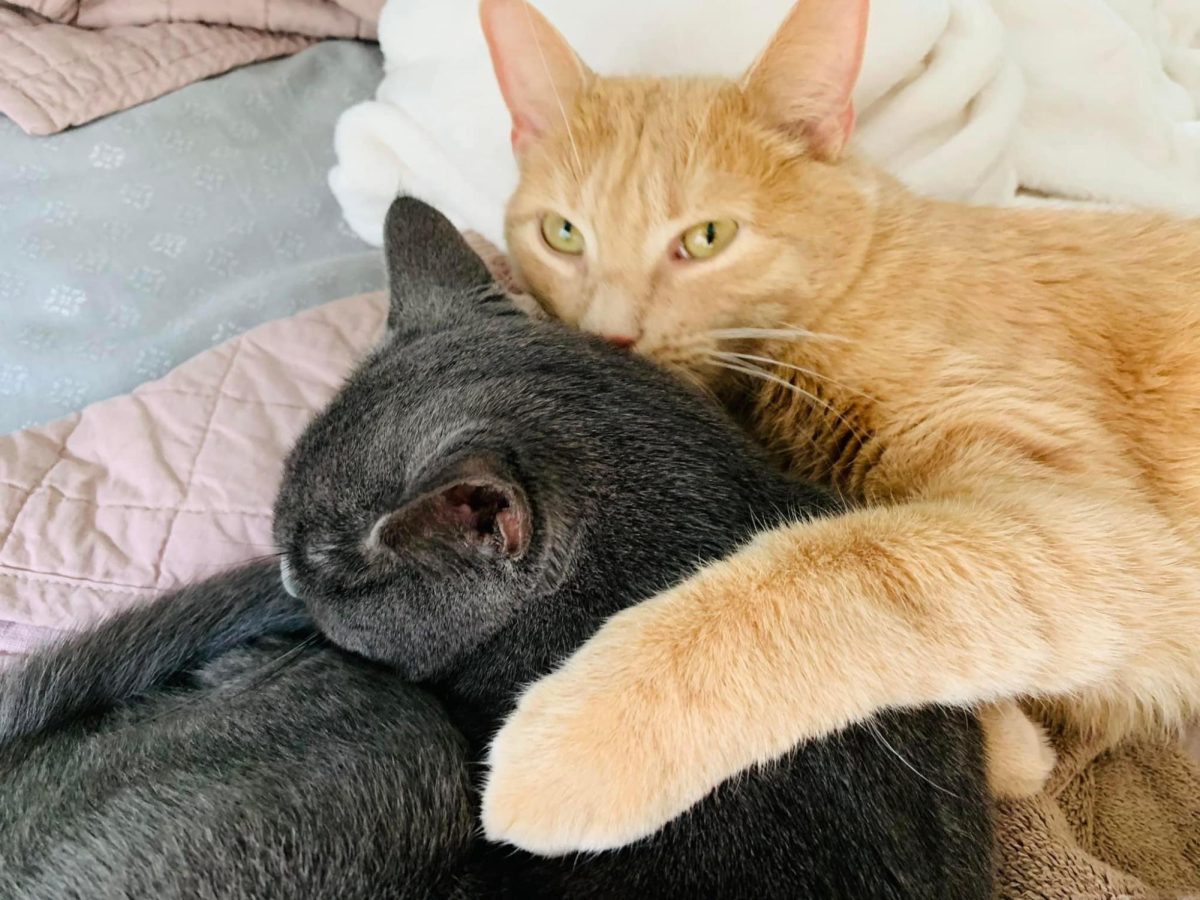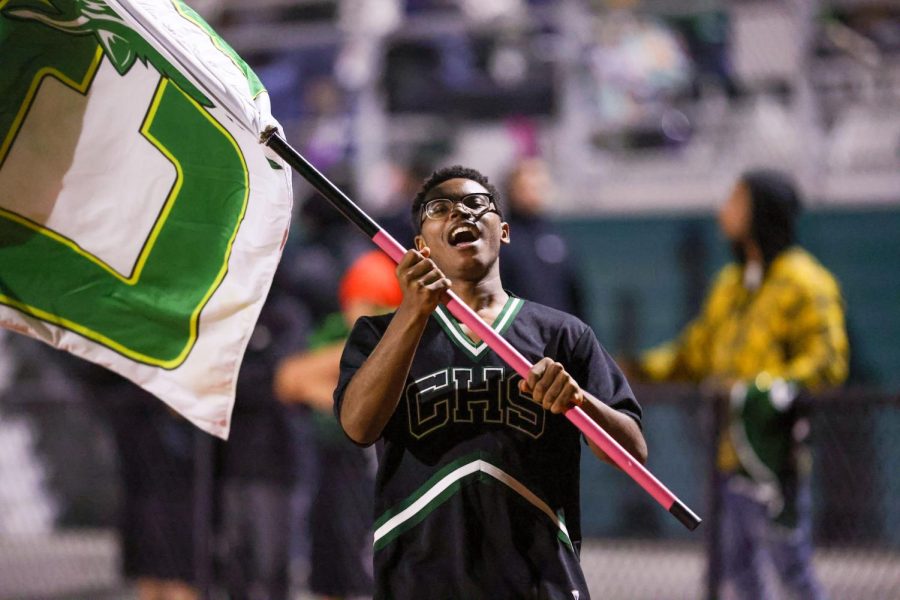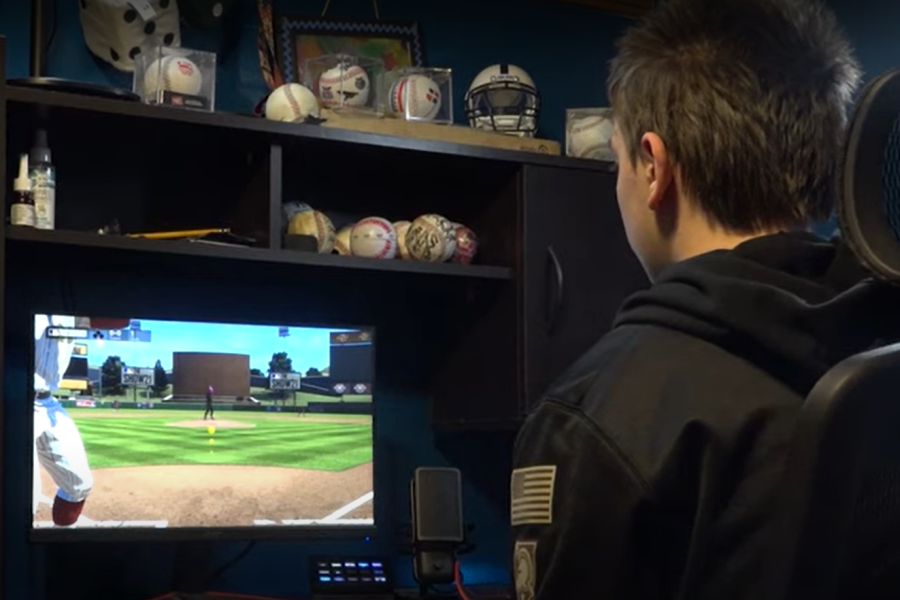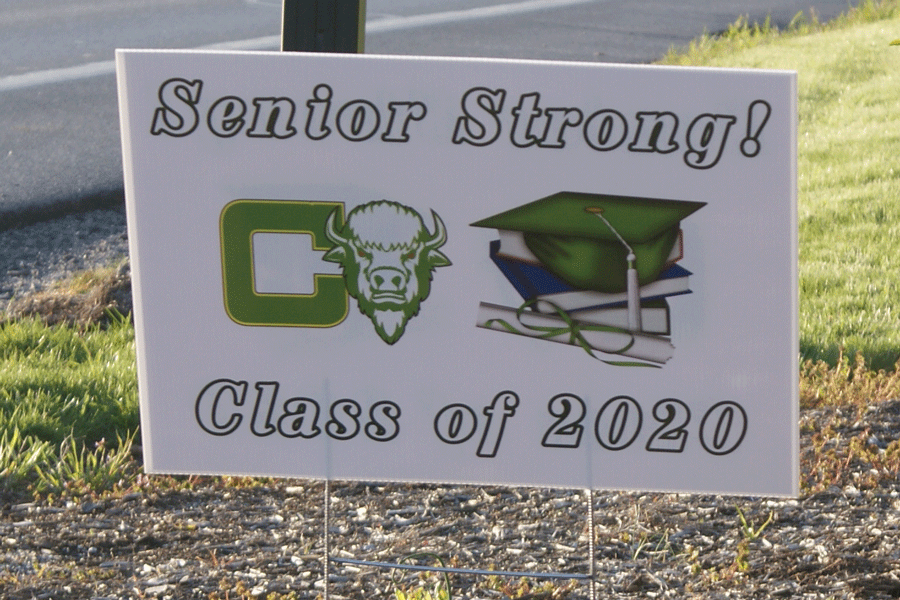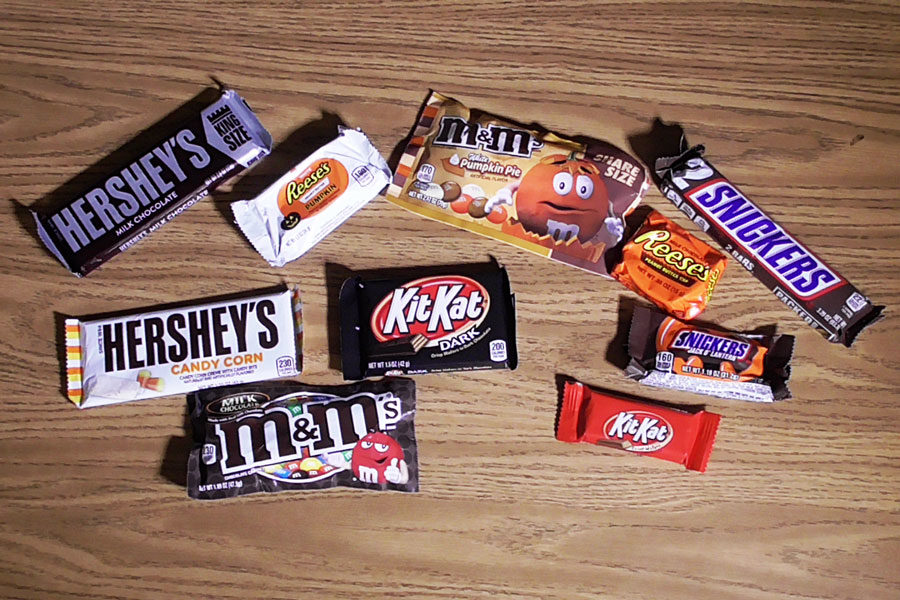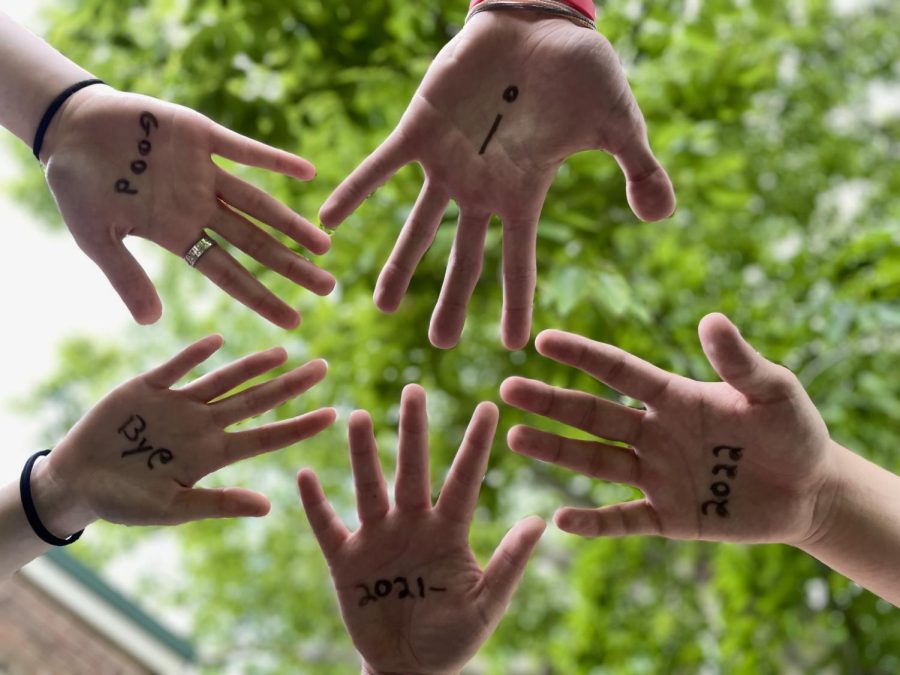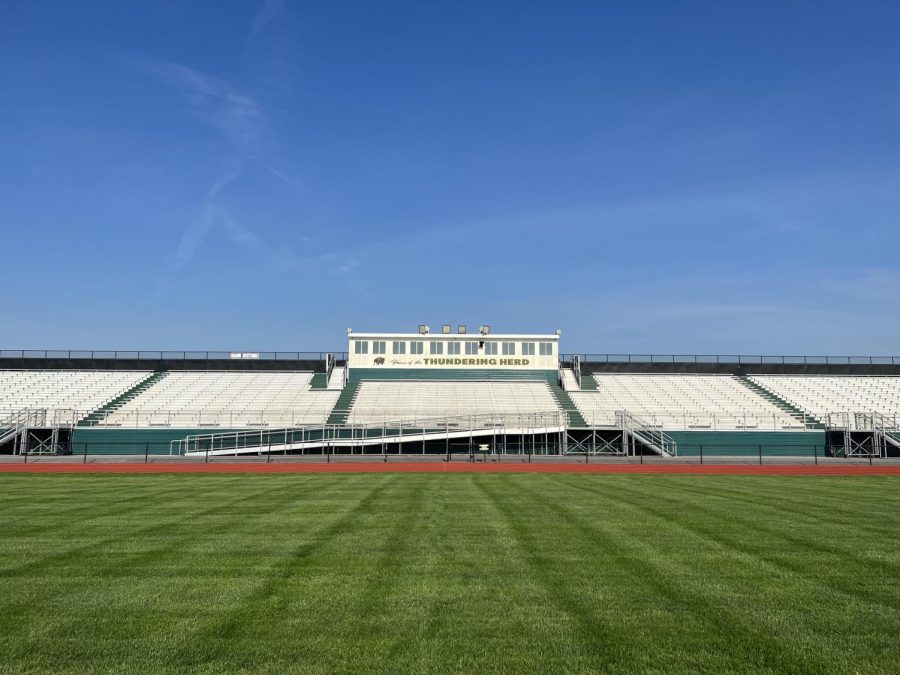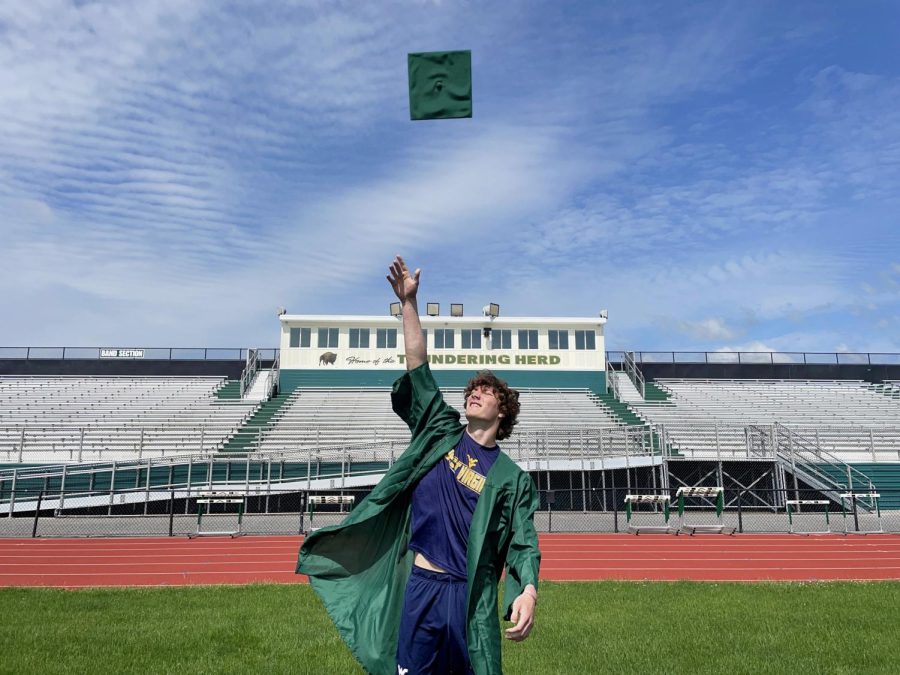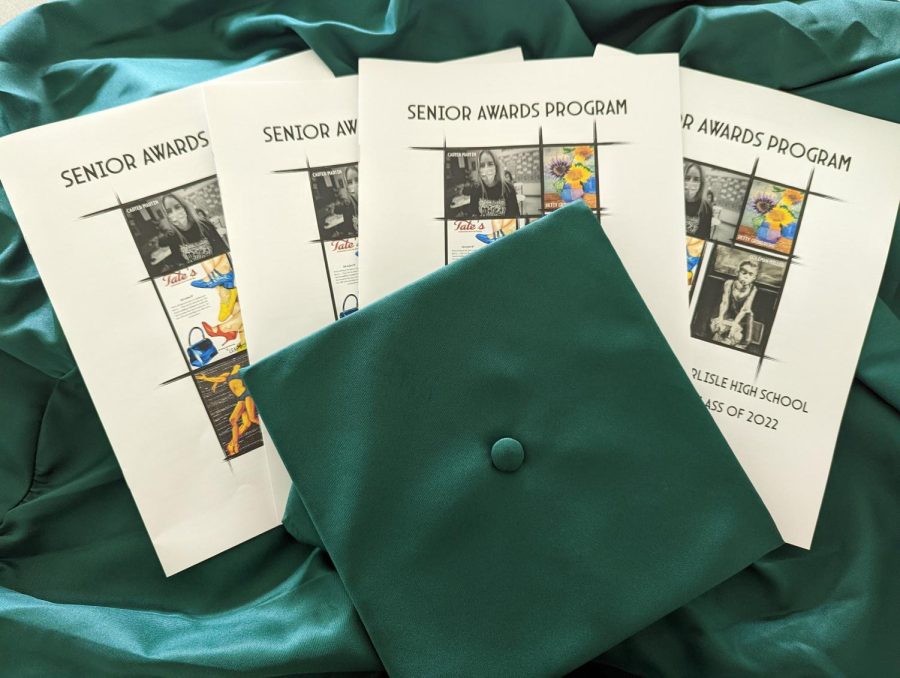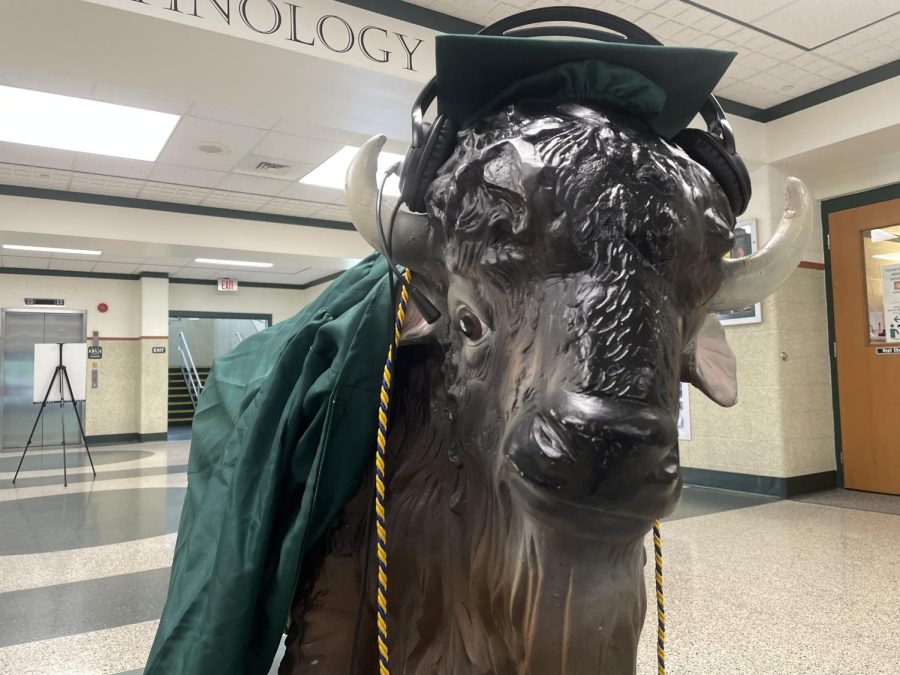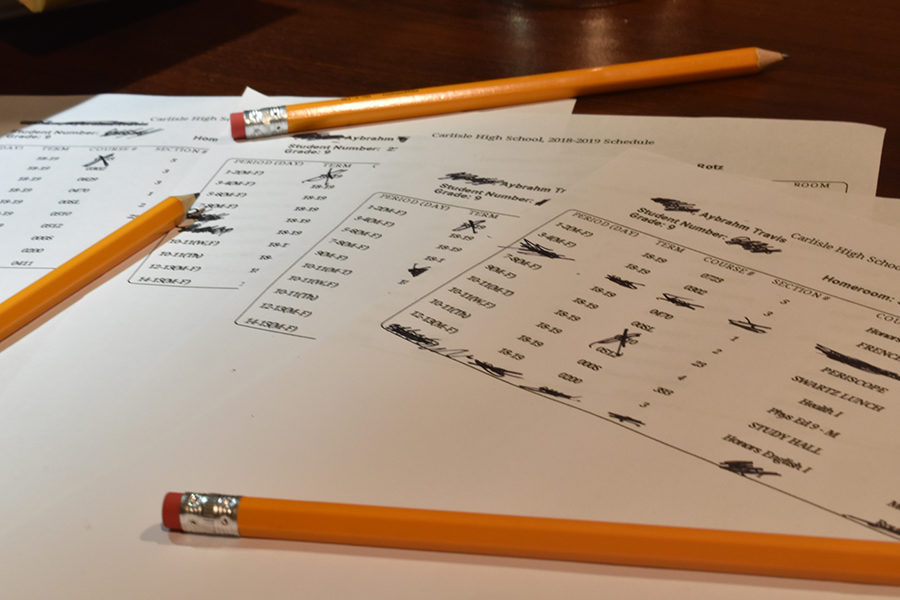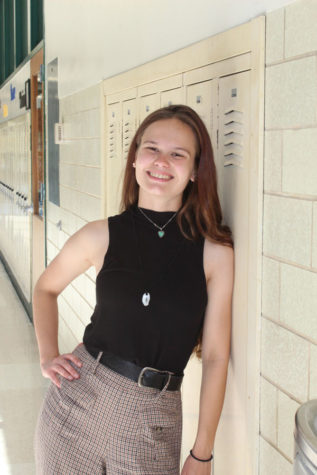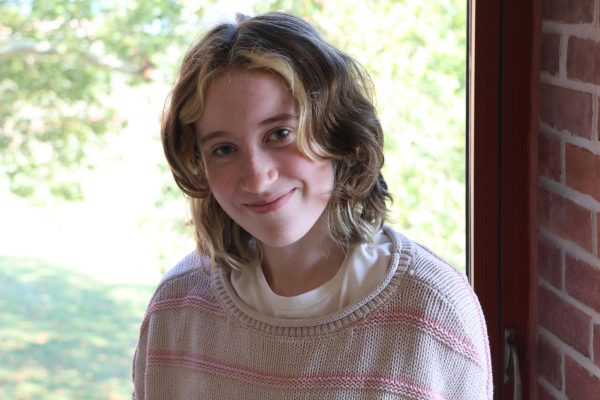Sticking to their schedules: School’s drop-add rate at an all-time low
Some altered schedules owned by CHS students. Although some students did drop classes this year, there were less class switches than usual.
September 24, 2018
The drop-add rate for courses at Carlisle High School is dropping fast.
Students at Carlisle High School seem to be adjusting to their teachers and classes more quickly than years prior, as the drop rate for classes has decreased.
According to both the McGowan and Swartz counseling offices, the number of students who dropped classes, whether it be because they were too much of a challenge, too little of a challenge, or just not what they were after, has decreased greatly from years past. Amy Knapp, who works as a counselor for eleventh and twelfth-grade students in the McGowan building, says that despite the fact that the school made their drop-add policy more lenient than years before, fewer students than ever are dropping classes.
“For the second year in a row we’ve been more liberal in our drop-add policy during the first two weeks of school, in that we require less permission to have a drop-add during that period, and we are more lenient in the reasons we will approve a drop-add,” said Knapp. “For the first two weeks the doors are open for those a little bit more, but even with that being the policy, this year, compared to any other year that I’ve been here, we’ve had significantly fewer.”
The process of dropping or switching a course is also easier than ever.
Junior Marco Costopoulos was one of the few students who dropped classes this year, having switched from German IV to Sociology within the first weeks of the year, and he said the process was very simple.
“[It was ] pretty easy,” said Costopoulos. “I just went to the McGowan counseling center and talked to my counselor. It only took about five minutes.”
Ginger Rotz, a counselor for ninth and tenth-grade students at Carlisle High School, also observed lower numbers of students dropping and adding classes. She reported less than 15 students dropped and added electives during the first three weeks of school, and that the number of students dropping honors and AP courses only increases that number slightly.
Rotz also noted that students seem to be happier overall with their classes.
“I think for the most part, with students’ elective courses, at least there’s one that they really like and that they’re really into,” said Rotz. “A lot of times at the beginning of the year, with electives they say ‘This isn’t really what I had in mind, this isn’t the class I wanted to be in, I wanted something more like this-,’ and then we make that change.”
Although no one knows for sure why so many fewer students are dropping and adding classes than years past, many attribute it to changes in scheduling the school has put into place over the past couple of years.
Knapp believes it may be due to classes with specific meet times.
“We aren’t certain about that,” said Knapp. “I do think more students got their first choice classes initially, so I think that’s one piece of it. Students scheduled in the eleventh and twelfth grades, anyway, are more highly specialized than they were in the past. More students are taking classes that are only offered once a day, more students are taking classes that allow different types of flexibility, like the dual enrollment classes. When they do that, it locks them in, and there are fewer changes they can make.”
Rotz suggested that with underclassmen, changes in how the course selection process was done in the spring likely played a role in the decrease.
“I don’t know if part of that is because [course selection] was moved online, so maybe the students feel that they have a little bit more control, and a little bit more say, over those courses,” Rotz said.
Overall, counselors and students alike seem to be satisfied with the scheduling for this year.
“I think students are pretty happy with their courses,” said Rotz. “They’re in the right levels; they’re in the electives that they want.”



